|
Happy Medieval Monday! I'm delighted to celebrate today with Virginie Marconato, multi-published author of medieval romance. Virginie's writing is captivating, throbbing with passion and emotion as it immerses readers in another time and place. We'll talk about her latest book Shadows in the Mist, which just launched in February, but first let's get to know Virginie a little better. Welcome, Virginie! 1) What sort of books did you enjoy reading as a child? Did you have a favorite book or series? Oh, I’ve always loved reading! The first books I remember rereading over and over again are Fantastic Mr Fox and White Fang, which everyone will know, and Pimprenelle and the Whimsical Leek, which no one will. The story of a leek with the powers to transform itself into anything. Very random but aged 7 or 8, I loved it. And of course the series of the Six Compagnons, a band of friends very much in the style of The Famous Five, with their own dog, Kafi. I wore them thin, all 20 of them. Of course, I read all this in French. I’m wondering now what the first whole book I read in English might be… Maybe Animal Farm, or 1984. 2) What sort of books do you enjoy reading nowadays? No surprises there, romance! In all sorts of subgenre and level of spice, with the exception of clean. I feel cheated if I don’t get the natural conclusion of a love story. I also love Jasper Fforde, Mark Gatiss, Karen Maitland. Or I read a lot of nonfiction about the Middle Ages for research and pleasure. 3) Around what age did you realize that you liked to write? And when did you know that you wanted to write books? Hum… Aged 11 at school we started to do writing essays and I really loved that. I always had top marks, actually. The idea that I could start writing books popped into my head when I was about 28. “Why couldn’t I write something? Other people do… Why not me?” I thought out of nowhere. I tried poetry, contemporary romance but the results were not conclusive. And then one day (whilst swimming in my pool) I realised where I was going wrong. I was not writing about what I loved most! As soon as I started to write a story set in the midst of the Hundred Years War I knew I had found my path. It’s like falling in love, I think. When you meet the right person it clicks, even if you don’t know exactly what it is about them that draws you to them. This is such a beautiful explanation. 4) What’s the first thing you wrote that you remember being proud of? One of those writing essays I just told you about probably. We had to imagine what came next in an Arsène Lupin scene. The teacher was so impressed with my work she read it out loud to the class. I could have cringed, but I was so chuffed! Other than that my first historical romance scene where the hero feeds the heroine a juicy pear in an orchard. It was the first time I wrote something I thought was representative of my own style, and I enjoyed myself thoroughly. 5) Tell us about the creative force within you. What inspires you to write, to create? No idea. I only know that I have all these ideas floating around. It’s not a case of finding inspiration for me, rather harnessing and organising the chaos and deciding what has potential or not. Of course visiting ruined castles helps but it could be anything. Listening to a historical documentary, looking out over a beautiful landscape, listening to a piece of music, seeing an animal, anything can trigger an idea. Then generally I take a long walk to let it develop in my head. I suppose it’s a bit like picking a flower bud and then waiting for the petals to unfurl. Sometimes it takes longer than you would like but you have to be patient. It will open eventually. Rhuddlan Castle, Wales 6) What’s your writing space like? I don’t have one. I write anywhere and everywhere. At home it’s usually on the sofa but it could be at night in my bed, while I am queuing at the market, on public transport… I always have a notebook and pen in my bag with me so I can jot down ideas or even write whole scenes. Then I type it into my computer, padding it out as I go. Sometimes I find it hard to get going and cannot write more than a few lines at a time, sometimes the words come pouring out for hours on end, it really depends. But once I start, I get into my bubble and I am no longer on a plane or in the kitchen but in a castle in the fifteenth century or galloping through the forest with brigands in hot pursuit. So the place doesn’t matter. As long as I’m comfortable physically. 7) Do you have a favorite time of day to write? Any habits or little rituals that put you in a writing mindset? No favourite time, but definitely when they children aren’t around easiest. I always do other things like crochet at the same times, check on the quiche in the oven, get the washing out. I time these activities for when I can’t get a sentence right. By the time I come back to the computer, the knot had entangled itself. For the mindset, it’s more a case of shaking myself out of my story. I will be shopping, chopping herbs, washing my hair and all the while thinking of my WIPs. 8) Time to talk about Shadows in the Mist (rubbing hands together)! But first, how did you come up with the idea for the series? Are there any interesting tidbits you’d care to share with us? This particular one came after I read in one of my nonfiction books that widows whose husbands had fought on the wrong side of the war would have their allowances taken away from them. I could not stop thinking of the poor women innocent of any wrongdoing. I decided to give at least one of them, my heroine, Rose, a way out and a happy ending. Her name, along with her hero Philip, comes from the couple in Sleeping Beauty, which my daughter was watching at the time, my favourite Disney. Philip and Aurora, who the fairies call Rose in the forest. That's fascinating. Sweet, too, that your characters' names come from Sleeping Beauty and that you have a favorite Disney movie. :) 9) I comprehend that you’ve just recently published a book. Still, I can’t help but ask – do you have anything waiting in the wings? Most definitely! My first Scottish romance Dark Highlander is coming out in June. I have a real soft spot for my hero Cormac, whom I enjoyed very much to write – and mentally picture! I have other stories in the editing stages. Two should be out this year, I think. I am so looking forward to a Scottish romance from you! 11) Is there anything else you’d like to share with us? Oddly enough, I cannot write in my native language - French. I’ve tried, because my friends and family, who don’t read a word of English, pester me to, but I can’t! It sounds contrived, unnatural, insipid. I think I would even hate to read a translation of my books in French. Now, in Italian I would love it! This, I find very surprising! But I'm not going to complain. I'm glad you write in English! :) Thank you for sharing Medieval Monday with us today, Virginie. Congratulations on your latest release! The woman Philip finds in his bed one night is not the one he thought would be there for a playful romp, a night’s entertainment. That’s all he wants to provide to the women who try to snare him as a husband. Yet he is more honorable than his stepbrother, the person this woman awaits. A penniless widow, Rose has accepted a humiliating marriage offer in the hope of being reunited with her son, taken from her by his grandfather. But the fiery lover who comes to her in the dark and finds her in his bed is not the future husband she was expecting... How can she overcome this setback in her plans and still keep her dignity and reputation? Amazon Goodreads 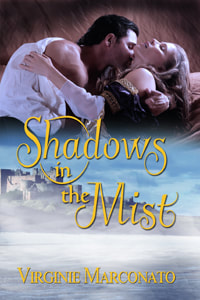 Excerpt from Shadows in the Mist “I came to give you this.” With those words he handed her a piece of paper. With its big waxed seal, it looked official, as official and impressive as Philip himself. His tunic of dark velvet made him appear darker himself, and he was wearing a hat adorned with a brooch. She had never seen him in such magnificent apparel. He was dressed in a manner more suited to a visit to court than to an impoverished widow in the country. “What is it?” she asked, looking at the paper. She could not quite bring herself to touch it. “It is an ordinance from King Edward.” There was a pause. “Your pension has been restored to you. You do not need to wait for charity from Baron Maltravers or anyone else. From this day hence, you will be, if not exactly a rich woman, at least comfortable enough to get your son back.” Rose’s mouth opened in shock. Get her son back? She had hoped to hear these exact words so many times, but now that she had…they didn’t seem real. “Why… The king…” She was speechless. “Why would he do this for me? I never petitioned him. I do not know him.” “No, but I do. I asked for an audience with him. That is why I left so abruptly the morning you left Wicklow Castle, something I did not even apologize for,” Philip said. He gritted his teeth. How had he not thought she would be hurt by his apparent desertion? He’d had a good reason for leaving her at such an inopportune moment, but of course Rose had not known that. She would have thought him as callous as Gilbert, sending her away without so much as a goodbye. “By chance I had heard the day before that he was on progress in a nearby town,” he explained. “The opportunity was too good to miss, and I had to leave without delay. I did not tell you at the time because I did not want to raise your hopes too much in case I could not gain access to him. But I did, and here is the result.” “You went to the king to petition on my behalf and ask for my pension to be restored?” Rose wasn’t sure she’d heard him correctly. But Philip nodded as if this was the most natural thing in the world. “I fought for him in various battles and was made a lord for my services. He was kind enough to remember me and grant me this small favor. Our sovereign is a generous and forgiving man. I argued that a widow could not be made accountable for her husband’s unfortunate allegiances and promised that you would not use your influence to foment rebellion against him. I trust you not to make a fool out of me now and raise an army to bring him down.” His lips quivered. They both knew that she had no influence and would never pose any threat to the king, but he enjoyed teasing her. She had a ready sense of humor and was not easily prone to offense. It was one of the things that had drawn him to her and what he had missed the most. Rose understood Philip was teasing her, as was his wont, but she could not smile back. She was too dumbstruck, too touched that he would have taken the trouble to risk angering the king, all for her. “Why would you do this for me?” The brown eyes glittered. “Apart from an innate sense of justice, you mean? What happened to you is appalling. I do not see that an innocent woman should be punished and pay all her life for her husband’s decisions in such an extreme fashion, when we all know that more often than not she has no input in them and may not agree with them.” “Yes, apart from that,” Rose whispered. Though she could readily believe that Philip would be moved by such a situation, she had a feeling that he had meant to help because of who she was, not for a mere question of principle. His next words confirmed it. “I think you will agree that I owed it to you. I was the one who, albeit unwittingly, denied you the solution you had found to your predicament. I still do not agree that you should have married Gilbert, so I cannot be too sorry about being the cause of his change of heart, but I can feel responsible for the consequences.” He pursed his lips like a man who had eaten an unripe fruit by accident and could not get the tart taste out of his mouth. “I could not in all conscience have left it at that, after hearing your story. This is for little Edward as much as for you.” Amazon. Goodreads 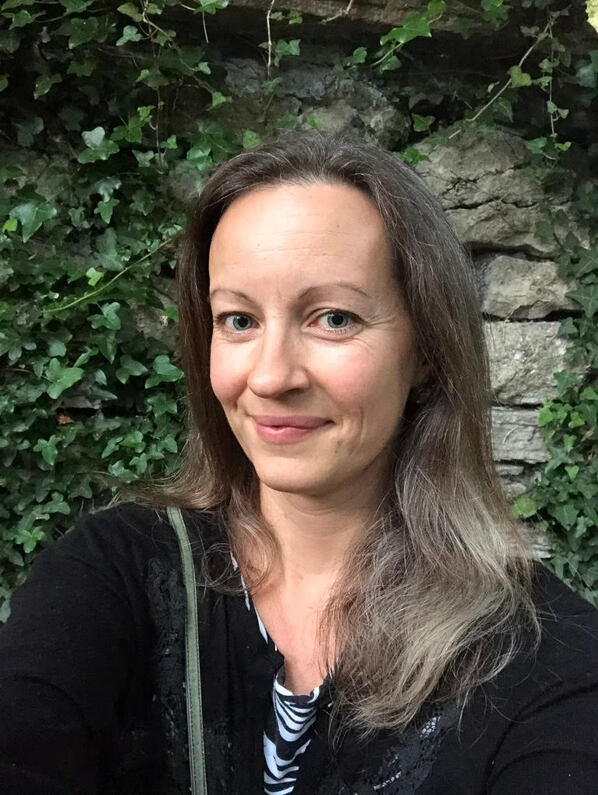 About the Author I think I became a writer the day I decided to write a (very bad, shamefully close to the real story) version of White Fang when aged nine or ten! As for the Middle Ages I fell in love with it at school during a history lesson, then Kevin Costner’s Robin Hood put its final seal on it all. A girl of twelve then, I never recovered! virginiemarconato.com FB Coming soon, The Dark Highlander! For more Medieval Monday, be sure to visit medieval ladies Mary Morgan and Barbara Bettis!
17 Comments
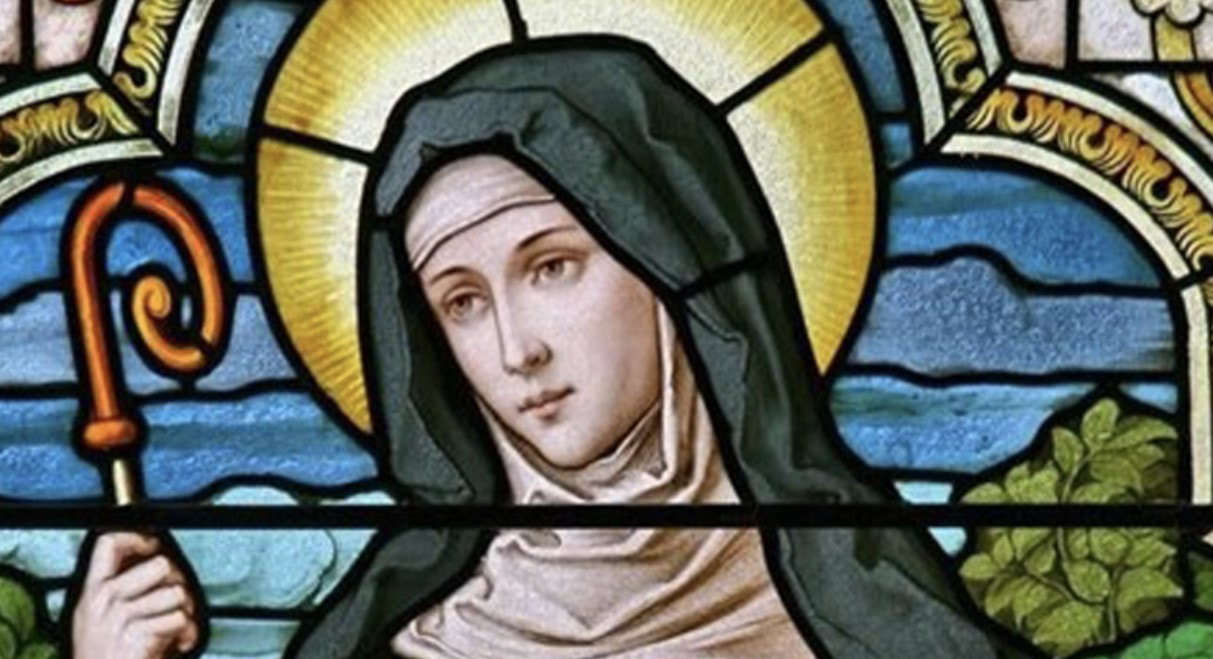 Happy Medieval Monday! Since March is Womens' History Month and today is our granddaughter's saint's day, I thought it the perfect time to consider Nicolette Boellet, otherwise known as Saint Colette, and the life of medieval nuns. The Church played a gigantic role in medieval history. It's no surprise that books and movies set in the era often feature clergy of some sort. I've seen nuns portrayed as small-minded, harsh, cruel individuals and also as brave, intelligent, benevolent ones. Truth? Surely they were as varied as people in any station of life in any era. During my studies, it occurred to me that in many ways, medieval clergy had a more stable life than almost anyone -- up to and including royalty. Certainly, they had more comfortable lives than peasants. For one thing, they were pretty much guaranteed a roof over their heads and nourishing (if simple) food to eat. Women as well as men were educated. Nuns were respected, too, their social status just below that of the nobility. Nevertheless, the nuns' lives were often hard and austere. They spent a lot of time in prayer, including but not restricted to praying "the hours", which meant even rising from bed in the middle of the night to pray. Many orders demanded strict asceticism, calling for abstinence and fasting as well as hard work and prayer. What kind of work did they do? Convents, like monasteries, were self-sufficient communities. They did everything for themselves. They had to provide their own food and clothing. There were gardens to tend, every sort of household chore to take care of, cooking, wine-making (not trusting their water source) -- no pizza deliveries or washing machines. They sewed, too, of course, and some embroidered. They also ministered to the poor and the sick, taught, and gave sanctuary when needed. And like any community, there was surely dissension. Not everyone would have agreed or gotten along all the time. Not all nuns were kind and generous. Despite a certain stability, their lives weren't easy. Yet they managed to do a lot of good and were important to medieval society. While many nuns came from noble families, bearing rich endowments, it was certainly not the case for all. Women from all stations of life became nuns. Born in Corbie, France in 1381, Nicolette Boellet was not wealthy or privileged. She grew up in the shadow of Corbie Abbey where her father worked as a carpenter. Her parents were both in their sixties when she was born. By the time she was 17, she was an orphan. She chose to embrace religious life.
From her humble beginnings, she became a force within the church. As a nun and a mighty medieval woman, she reformed the Poor Clares. Despite much opposition, she returned the order to a lifestyle of strict poverty and devotion. She went on to found eighteen monasteries across Europe, even creating her own order, the Colettine Poor Clares, which still exists today. Saint Colette wrote a lot, too, including a biography of Saint Clare. She is remembered for being especially mindful and caring towards pregnant women and children. The medieval era lasted for approximately 1,000 years. Nicolette Boellet -- Saint Colette -- was just one of countless remarkable women through the ages to make positive differences in their worlds. But I like to imagine that during her time in history, when the church -- the cornerstone of medieval society -- was falling apart and women and children often had little or no rights at all, she forged ahead, holding everyone to a higher standard, caring for the weak and defenseless. And still, she took time to write. :) Happy Feast Day, darling Colette! For more Medieval Monday, be sure to visit awesome medieval ladies Mary Morgan and Barbara Bettis! Wishing you a beautiful week ahead! Happy Medieval Monday! This past weekend was our anniversary. My sweetheart and I took a short holiday -- a long weekend -- to celebrate, so I don't have much in the way of a post today. But I was inspired to look up some medieval wedding images.
Priest, no priest. Handfasting. A simple exchange of vows, no witness required. A royal procession. A good number of the marriages were arranged. During the long, medieval era (approx. 500 - 1500), wedding traditions varied widely. They also changed in the course of 1000 years. None of that is surprising, right? Even now, in our modern times, no two weddings are alike, which is as it should be. My own wedding was 41 years and one day ago. I was 19 and my groom, 25 -- so young and in love. It was a formal occasion, honestly over our heads. I hardly remember a thing. Isn't that crazy? I don't mind, though. It was a happy, exciting day that I think of as our family's birthday. I could not be more grateful. Most of the medieval paintings and engravings depict royal weddings or, at least, those of the nobility. They were more political alliances than anything else. But I like to think that at least for some of the couples, it was a happy, exciting day. Just like ours was. :) I would do it all over again in a heartbeat. For more Medieval Monday, be sure to visit authors Barbara Bettis and Mary Morgan. Wishing you a magical week ahead! Lachlann stared at the Great Falls--Plodda Falls-- wondering how his heart could hammer so hard without killing him. The name—and everything else—might have changed, but they hadn’t. They didn’t even look smaller. How that could be, when they were nearly seven hundred years older and he was much bigger than he’d been as a boy, he didn’t know. They seemed the same. But where was the cave? He studied the rocks, but it was hard to tell looking straight down from the platform at the top of the falls. He glanced down the river. He thought he knew approximately where they had fished, but the trees were different. It was hard to be sure. There’d been no platform, of course. They’d approached the falls from the opposite side, at the bottom. Rónán, wherever you are, help me. Happy Medieval Monday! I thought I'd share a little scenery with you along with a scene from Tremors Through Time. In the fourteenth century, Lachlann and Rónán liked to spend time at the "Great Falls". But when Lachlann visited twenty-first century Plodda Falls, he found that it looked different. The falls were the same, but the trees had changed. And they had. While Glen Affric is still home to one of Scotland's largest Caledonian pine reserves, between 1895 to 1900, Lord Tweedmouth planted the area with Douglas firs. In other natural areas of Glen Affric, the Forestry Commission is slowly removing non-native species, but the firs around Plodda Falls remain. They are huge and, I must admit, stunning. My husband and I enjoyed our time in Glen Affric and our day at Plodda Falls. I can understand why Lachlann and Rónán liked the area so well. Excerpt -- Tremors Through Time They hiked down and walked along the edge of the stream, away from the falls in what he thought was the right direction. Lachlann stared at the opposite bank, trying to get a feel for his surroundings, to imagine them as they were in his childhood. Desperately, he turned in a circle, looking upriver and down. “Lachlann, wait.” He stopped instantly. “Smell that.” Closing her eyes, she breathed in deeply, then smiled at him. “It’s wonderful.” “Deidre…” “It’ll only take a minute.” He frowned. Couldn’t they do this later? He had to find the cave. Stepping closer, she took both his hands in hers. “Only a minute,” she repeated. “Breathe. Close your eyes and breathe.” He did as she asked, taking several deep breaths, allowing the fresh, cool air to fill his lungs. He could smell the trees. The familiar sound of the falls reminded him of that day so long ago. He cast his line. Rónán did the same. They usually did a little fishing before hiking up to their cave. The falls were a long walk from their homes. Although he would never have admitted it, he was often surprised that Rónán had been able to make it. An accident had crushed the bones in his foot when he was small. It hadn’t healed properly and still pained him, sometimes a lot. But his friend was stubborn. “Shouldn’t we bury our treasures first?” Rónán asked, even as he collapsed on a boulder. “We promised to bring trout home,” Lachlann reminded him. “It’s important that we keep our word.” “It shouldn’t be hard,” commented his friend, drawing a hook from his sporan. “I can see them from here.” He spoke the truth. The clear river was running with trout. Rónán had collected worms before Lachlann had joined him that morning, so they were able to cast right away. Their lines weren’t long and didn’t need to be. Although it was a hot day, it was cool by the water’s edge, in the shade of the great pine trees. They sat on boulders and ate lunch while they fished. They didn’t talk much, not even Rónán, who knew not to scare the fish away. Anyway, he was pleasantly occupied eating. Their lines were hit simultaneously. Lachlann jerked his rod and stilled for a moment. When his line went taut, he jerked it again and began pulling in the speckled fish. Rónán did the same. In less than two hours, they both had plenty of trout to share with their families. They left their catch in their nets at the river’s edge, hidden among some grasses. They weren’t particularly worried about daylight-- the days were long in summer—but they didn’t want to be too late in case their families were counting on their catch for supper. They trudged up the slope, clambering over the rocks, to the steep path leading to their cave behind the falls. Lachlann opened his eyes. It all came back to him. He smiled at his angel before releasing one of her hands to look around. Then he saw it—the indentation that marked the narrow path he and Rónán had taken up to the falls. For more Tremors Through Time. To enjoy more Medieval Monday, be sure to visit medieval ladies Mary Morgan and Barbara Bettis! Wishing you a splendid day and week ahead! Lachlann walked through the night. Vaguely, in his pain, images flashed before him that he didn’t understand, but he’d ceased being afraid of them. His breath was coming in shallow puffs. His head hurt so much that he couldn’t think clearly. And he was thirsty, so thirsty. He lost count of how many times he threw up, fainted, slept. But he was in too much pain to be still. He’d either find help or die trying. He didn’t care which. Stars were just fading as he reached the kirk. It looked different, but it had to be the kirk at St. Michael’s mount in Inbhir Nis. He was going to pass out again. Focusing on the kirk, he dragged himself through the graveyard. He’d never make it to the building. Fighting darkness, he made it to a gravestone before collapsing. At least they wouldn’t have to carry his body far to bury him. He hadn’t found Rònan to tell him he was alive, to thank him for going after him. He hadn’t been able to save Allasan and their son. He should have been there to help them, at least to be with them when they died. “I’m sorry. . .” he whispered as darkness swallowed him. Happy Medieval Monday!
You won't find that scene in Tremors Through Time. During editing, I had to make some ruthless decisions -- as writers so often have to do. It was simply taking too long for Lachlann to meet Deidre. But I like the scene, so naturally, I stashed it away for possible future use. I chose the Old High St. Stephen’s Church of Inverness to be the location of Lachlann’s modern-day collapse because it’s the oldest church in Inverness. It is believed that as early as 565 A.D., St. Columba converted a Pictish king on St. Michael’s mount, where the church now stands. In the centuries that followed, many wooden churches were erected and burned down. Even once a stone structure was in place, some parts eventually fell into ruin. We're talking centuries, after all. The oldest part of the current structure is the tower base, which dates back to the fourteenth century. The earliest document that mentions the church is a charter granted by William the Lion between 1164 and 1171. The Black Friars founded a monastery just north of the church in 1233. It continued until the Reformation (1525-1560), then fell into disuse. The Church went from ruins to repairs several times throughout the centuries. In 1746, after the Battle of Culloden, Jacobite soldiers were executed on the church grounds. When we were there last fall (2022), of course I had to visit it. I found the site to possess a haunting dignity and the location is stunning -- right on the River Ness. Sadly, while the historic building still stands and visitors are allowed on the grounds, services are no longer held there. The building is up for sale. Up for sale? For more medieval fun, be sure to visit Lady Mary Morgan. Our other medieval lady, Barbara Bettis, is having a time with her website right now. We hope she'll be back soon! May your week be a happy one with bright skies and smiles aplenty! Crescenza Calendar, c. 1475 Happy Medieval Monday! January means repairs and preparation. Did you know? Jumping down another medieval rabbit hole in my current examination of medieval calendars, I happened upon this lovely little artpiece. It's from a manuscript printed in the mid to late 1400s and that manuscript was a reprint of an agricultural manual written by Pietro de' Crescenzi between 1304 and 1309. Of course, gardener and student of the medieval period that I am, I had to learn more about this manual and the man who wrote it. Pietro de' Crescenzi was born in Bologna around 1235. He became a lawyer and judge, practicing from around 1269 to 1299. In his later years -- he died in 1320 -- his time was spent between Bologna and his country estate. During his retirement, surely inspired by his rural retreat, he compiled a work he called Ruralia commoda, also known as Liber ruralium commodorum -- Book of Rural Benefits. Frontispiece of the De agricultura in the vernacular edition of Matteo Capcasa, printed in Venice in 1495. -- Wikipedia Dedicated to King Charles II of Naples, it became the gardening manual of kings! In 1373, King Charles V of France requested that it be translated into French. It became extremely popular during the High Medieval era into the early Renaissance. Translated into many languages, it eventually became the first agricultural book in print. Henry VIII had a copy in his library. It is said that he consulted it for the design of the gardens at Whitehall (1540s). Henry VIII's copy of Ruralia Commoda, Royal Collection Trust The work is divided into twelve sections, but surprisingly (at least, I was surprised), the sections don't represent months. Each section focuses on a certain task or tasks, the last chapter being a calendar of the agricultural year. It's evidently a very interesting read, with both sage advice and wild explanations. Crescenzi studied and sorted information, some dating back to ancient times.
I can't seem to find an English version or if there even is an English version. You might disagree, but I think a copy, possibly even a modern one, would be a lovely addition to a gardening or medieval library. Daydreams... For more Medieval Monday, be sure to stop by Mary's Tavern, author Mary Morgan's beautiful blog. Wishing you a wonderful week ahead! Oh, the gorgeousness! The sumptuousness! Happy Medieval Monday 2023! I love calendars. In our modern times, we have a vast and wonderful variety to choose from. But medieval calendars, illuminated medieval calendars? Mini-masterpieces. Plenty of them, like the Duc de Berry's Très Riches Heures, were prayerbooks, but not all. A great many did include saints' days and church feasts. Like our calendars now, many reflected the season or time of year, the "labours" of each month. While doing a bit of research for this particular post, I was surprised to note the zodiac was often included right along with the saints. In Queen Isabella's breviary (first one below), the little naked guy top left is Aquarius. Just in case you don't "hover", left to right are Isabella's Breviary, Joanna of Castile's Book of Hours, Jame's IV of Scotland's Book of Hours, and a foldable, Norwegian calendar that even notes what days are good and bad. Knowing that it was all done by hand thrills me every time. Precise work, delicate work, surely tedious at times, all done for the glory of faith, art, or - let's face it - sometimes simply for the commission.
One thing I know for sure. It would be hard to find a newly hand-drawn, illuminated calendar nowadays. Here's to you, Medieval Calendariographers! Yes, I did have to look that up! :) For more Medieval Monday, be sure to visit authors Mary Morgan and Barbara Bettis. Wishing you a wonderful 2023! I’m thrilled and honoured to be hosting my dear friend author Mary Morgan today of all days – the launch day for her new book, Wishes Under a Highland Star. It's a brilliant, beautiful story. Congratulations, Mary!  As chieftain for his clan, Alex MacFhearguis struggles with the burden of an unwanted responsibility. With the midwinter feast approaching, he flees his castle to find comfort and solitude within the forest. Yet on his quest, Alex stumbles into a world filled with magic, mysteries, and a woman with beguiling eyes who could capture his heart. When half-Fae Aine Fraser makes a powerful wish, her simple request unlocks the magic she possesses and brings forth a Highlander into her world. Though the man has lost all his memories, she finds her attraction growing for this brooding warrior with each passing day. Unable to deny her feelings, Aine risks everything when she confesses her greatest secret. Can a beauty who wished for a champion tame the beast of Leòmhann Castle? Excerpt Alex grumbled a curse and walked away. Striding with intent, he gave a curt nod in passing when Aine stepped from her safe haven. She hurried after him. “Ye are bleeding.” “Aye,” he returned, making long strides through the bailey and ignoring her concern. “The cut requires tending to. Glenna is a healer. I can take ye there,” she suggested, doing her best to keep up with him. “Nae need.” “What do ye mean?” she pressed. Alex clenched his jaw. Rory’s talk about marriage settled like a nettle’s sting. Without a clear path in front of him, he had no intention of luring any woman into his life with false hope. Especially the one who smelled like wildflowers on a spring day with enchanting eyes that beguiled him. “The wound will heal in time,” he gritted out, sweeping past a yew tree and heading toward the sounds of a nearby stream. Aine grasped his arm with a force that surprised him. “Can ye stop for a moment!” Halting his stride, he glared down at her. The look he gave her would singe the hair from any warrior or animal. “Do ye have more to say?” “Why do ye refuse aid?” she demanded, fisting her hands on her round hips. Her stubborn refusal to leave intrigued Alex. Would she flee if he challenged her? He lowered his head near hers. “Why do ye care?” Her eyes widened, and her luscious lips parted. “Because I do,” she whispered. Alex’s breathing became shallow and the air around them thick. Her pink lips begged to be kissed. Would they be as sweet as berries? Or as heady as the wine he drank last evening? An ache to take her in his arms filled him. He wrestled with the conflict—duty, honor, possession. She was pure as new-fallen snow on a crisp morn, and he no better than a rutting stag. Though his hands shook to hold her in his arms, Alex steeled his emotions and moved away from her. Ye deserve a better man, Aine. Ye are a beauty, and I am but a beast. Aine’s smile came slowly as she took a step toward him and did the unthinkable. Standing on her tiptoes, she brushed a kiss along his bearded cheek. “Is it wrong to care for ye?” Indecision plagued him as he regarded her—disbelieving, curious as to what his real fear might be. Shoving aside the conflict within, Alex grasped her around the waist. He nuzzled the spot below her ear. “Ye tempt your fate with a kiss, Aine? With a man ye do not ken?” She lifted her gaze to his—her cheeks flushed with a rosy hue. “Did I tempt ye?” Book Trailer: https://youtu.be/Do71DuMcO98 Meet Mary Morgan Multi award-winning paranormal romance author, Mary Morgan resides in Northern California with her own knight in shining armor. However, during her travels to Scotland, England, and Ireland, she left a part of her soul in one of these countries and vows to return. Mary's passion for books started at an early age along with an overactive imagination. Inspired by her love for history and ancient Celtic and Norse mythology, her tales are filled with powerful warriors, brave women, magic, and romance. Now, the worlds she created in her mind are coming to life within her stories. If you enjoy history, tortured heroes, and a wee bit of fantasy, then travel back in time within the pages of her books. Literary You I thought I'd seize this opportunity to learn a bit about this talented author's writing life! Mary, I'm so glad you are with us today! Thank you for agreeing to this little interview! Hello, Anastasia! Thank you for the warm welcome. I’m delighted to be here on my special day. Now for your fascinating questions… 1) What sort of books did you enjoy reading as a child? Did you have a favorite book or series? When I was ten or eleven years old, I devoured the Nancy Drew series. I would curl up on the floor between me and sister’s beds and read how Nancy solved a mystery. This was a magical time, until my mom would come in and make me go outside for some fresh air. 2) What sort of books do you enjoy reading nowadays? Since I write historical fantasy, specifically medieval, I’m always eager to read out of the period I’m writing in. I’m a huge fan of regency romance, historical fiction and non-fiction books, and anything on Celtic or Norse mythology. 3) Around what age did you realize that you liked to write? And when did you know that you wanted to write books? I’ve been writing stories since I was a young girl. I’d write about daily happenings in my diaries, poems about animals, and pen plays for my siblings to perform for our parents. There’s always been a book percolating in my mind. Yet it was on my first trip to Scotland in June 2000, when I had an overwhelming desire to write stories. The Dragon Knights were created on hilltop at sunset, and the rest is magical history. Magical, indeed! 4) What’s the first thing you wrote that you remember being proud of? My first published book, Dragon Knight’s Sword. I’m an introvert, so stepping outside my comfort zone into an arena where others would read and review my book was a huge personal milestone. 5) Tell us about the creative force within you. What inspires you to write, to create? I’m a constant daydreamer, Anastasia. There’s always a running story and/or characters fighting for control of a scene. As a young girl, I was told to get my ‘head out of the clouds’ and pay attention. Ha! My mom is extremely happy I chose not to listen to her and follow my daydreams. 6) What’s your writing space like? I have this lovely corner in my bedroom that overlooks the garden. I write all my stories on an antique writing desk. I’m surrounded by all my favorite reference books, crystals, stones from my travels, and nature. Perfect for me! 7) Do you have a favorite time of day to write? Any habits or little rituals that put you in a writing mindset? For me, my writing works best in the early afternoon to evening hours. Before any writing begins, I take three deep cleansing breaths to calm and bring in the muse. If I don’t do this little quirk, the writing doesn’t seem to flow. 8) Congratulations on your new release, Wishes Under a Highland Star. It is such a beautiful story. You amaze me. How did you come up with the idea for book? Please tell us all about it. I always wanted to give Alex MacFhearguis his story—his happy ever after. But his gruff demeanor made it difficult on finding the one woman who could stand beside him. Ironically, I was watching a children’s holiday show in December 2019, and the word misfits resonated strongly with me that evening. I dashed to my writing desk and started writing down the prologue for Wishes Under a Highland Star. And yes, the title came to me instantly. 9) I realize you’ve just published a new book and I know what that takes. But I believe you have another book in the works? Please, won’t you tell us about it, even just a little? You’re so kind to ask, Anastasia, and I’m happy to share. I’m writing Steinar’s story, the third book in The Wolves of Clan Sutherland series. Here’s a teaser: This man is known for his exceptional battles fought at sea. In his search to seek the ultimate treasure for Scotland—a prize valued by both Norse Gods and Kings—Steinar MacDougall must surrender what he treasures the most. Yesss! I confess to doing a little happy dance over here! 10) Is there anything else you’d like to share with us? I’ve learned this journey of writing can be a solitary path. Yet I’ve met so many wonderful readers and author friends along the way. I feel I’ve been blessed, even with the hardships, to find readers who enjoy my stories. They are one of the main reasons why I continue to weave tales. Mary, thank you for sharing your time, talent, and this exciting day with us! You know I adore both you and The Dragon Knights! Congratulations, again! I wish you continued joy and success. For more Medieval Monday, be sure to visit Mary's Tavern and Barbara Bettis!
Holly is one of my very favorite plants. No only is it easy to take care of, evergreen, and provides food and shelter for wildlife, it's gorgeous in winter. We have a postage stamp sized lot filled with oak trees, yet I've added five holly trees to our landscape. Frankly, I've been a bit upset because our new lawn service guys trimmed them ruthlessly a few weeks ago. I had not asked them to do so. Now the birds and I have far less holly branches and berries to make use of. But I expect we'll get through it and can only hope that in typical holly fashion they will respond by growing stronger and fuller than ever.
I doubt that many medieval citizens worried about someone over-trimming holly trees and bushes. If on a grand estate, the gardeners would have known it would be used for decoration. Rural peasants could find it growing abundantly in the wild -- free holiday decor. But why decorate at all and why use holly? Looking over my research, it seems that to many cultures -- Romans, Celts, Norse -- it was a symbol of fertility and eternal life. It's evergreen, after all. The Romans also associated it with Saturn, the god of agriculture, harvest, and fertility and used it to decorate their homes for the Saturnalia celebration. It was such a popular holiday that rather than attempt to abolish it completely, Pope Gregory the Great changed it to the Christian celebration of Christmas. Holly was still abundant and evergreen and the berries still red and so it continued to be used for decking the halls. Over time, the spiky green leaves were to be compared to Christ's Crown of Thorns and the red of the berries as a symbol of His blood. The holly tree was as sacred to the Druids as the oak. It was said that the oak controlled the light (daylight) in summer while the holly controlled it in winter. Druids held that holly had protective powers. While they considered it sacrilege to cut down the trees, folks were allowed to cut boughs and branches to set inside their homes for protection. Since holly is apparently lightening-resistant, both the Celts and the Norse associated it with their thunder gods, Taranis and Thor respectively. They planted the trees near their dwellings for added protection against lightening and evil. I don't know why I'm surprised that holly has been used in and around homes for over a millennium. I love it. Why wouldn't anyone else? Be sure to visit medieval ladies Mary Morgan and Barbara Bettis for more medieval fun! Happy Medieval Monday! Happy Medieval Monday! Happy Thanksgiving Week! I can hardly believe that the holidays are upon us! I am grateful for so many things and look forward to celebrating with loved ones. Preparations, of course, can be really hectic, and sometimes they don't go as planned. Check out this scene from Tremors Through Time. 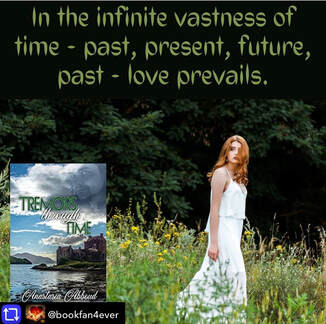 Lachlann stood with Deidre and Jackson beside the hospital bed and stared down at his friend and landlord, fighting panic. The doctor had assured them that he would be all right. A kitchen fire…Joe had been trying to cook too many things at once, preparing for Thanksgiving dinner, plus cooking up a big batch of fried chicken for lunch. Somehow, he’d hit the handle of the frying pan, catapulting boiling oil all over his shirt and, if that wasn’t bad enough, he had been close enough to the gas stove for his shirt to catch fire. He had first and second degree burns on his stomach, chest, right arm, and right hand. “I’ve ruined Thanksgiving,” he groaned as the three of them stood there. “Nonsense, Joe,” Deidre said briskly. “As long as you’re all right, we’ll have plenty to be thankful for.” “I’m going home for Thanksgiving. Ain’t none of us going to spend it here in this hospital. But what are we going to eat?” “Don’t worry, Joe. We’ll manage,” Lachlann assured him. His voice sounded shaky, even to himself. “We’ll be fine,” Jackson agreed. “It’s a holiday,” Joe persisted. “I’ll cook,” Deidre said, “using your recipes. Rest now, cher, because I’ll be bothering you tomorrow.” Jackson agreed to go home and clean while Lachlann and Deidre stayed with Joe through the night. Lachlann was more grateful than he could express for her calming presence. Fire. Just thinking about it made his insides coil. He pulled a chair close to the bed while Deidre sat nearby on the sofa. “Lachlann, Joe’s going to be all right,” she said quietly. “He has some bad burns. He’ll be in pain for a while. But it could’ve been much worse. Joe’s tough. He’ll be okay.” “What about infection?” She shook her head. “They’ve given him antibiotics, and his burns have been cleaned and covered with antibacterial cream. When he goes home, we’ll make sure they stay that way until his skin is healed.” He nodded, silently reminding himself that it was the twenty-first century. Deidre rubbed his arm soothingly. He covered her hand with his own. “Until you…” His voice shook and he stopped. “Joe is family to me. He gave me work, a home, food, advice when I needed it.” “None of us are going anywhere,” she said firmly. It was a long, miserable night. He dozed in a chair, his feet propped on another. Suddenly, Allasan was in front of him, angry. “Lachlann, go to Inbhir Nis! I want the dye! You’ll only be in my way here!” Her face loomed close to his. As he stared at her, it Anastasia Abboud 104 became covered with boils. “Och,” he murmured. “I’m sorry. I’m sorry, Allasan.” She didn’t answer, only looked at him accusingly. Fire lit her hair and began searing her face. He shouted. A soothing voice, a calming touch dispelled the image. He shifted uncomfortably and kept dreaming. For more Medieval Monday, be sure to visit medieval ladies Mary Morgan and Barbara Bettis. Wishing you a wonderful Thanksgiving and happy holiday season ahead! |
Romance!It's no secret that I prefer fat HEAs. Where better than in a beautiful romance? Archives
June 2024
Categories
All
NewsletterFrom me to you with a smile. Thank you!You have successfully joined our subscriber list. |
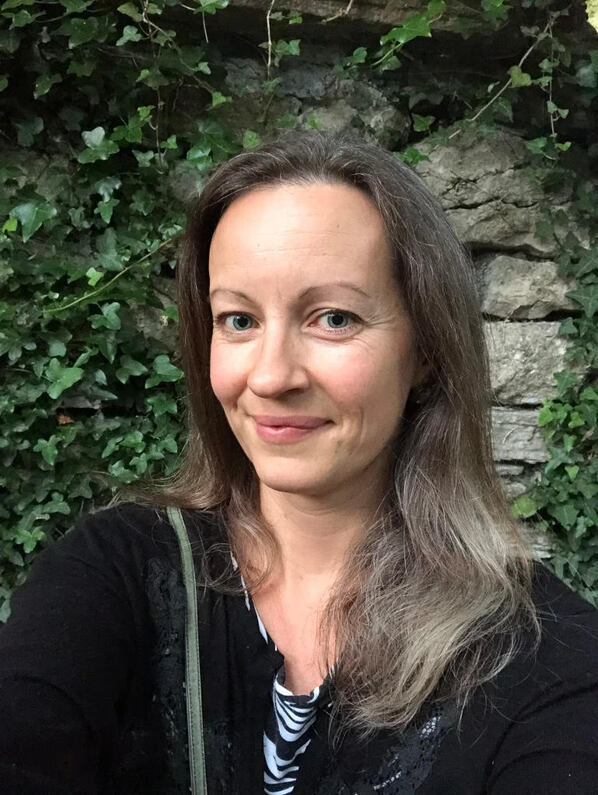
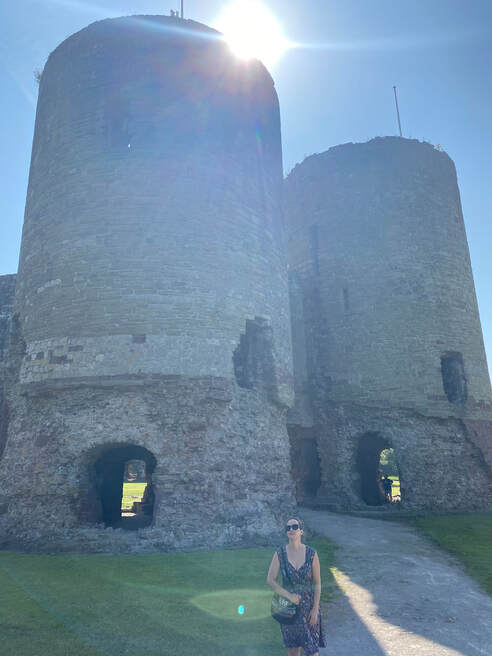
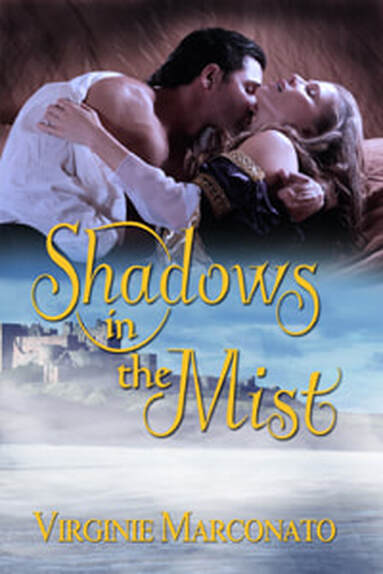
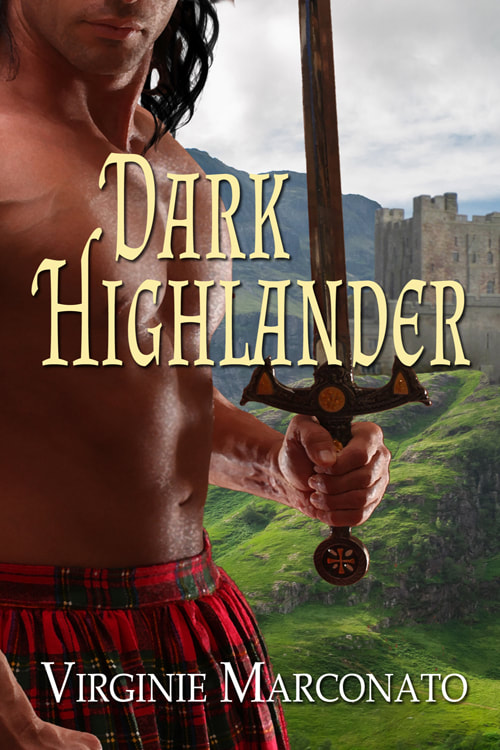
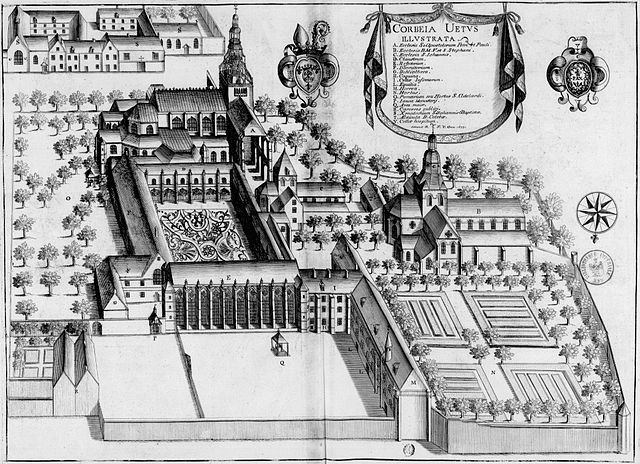
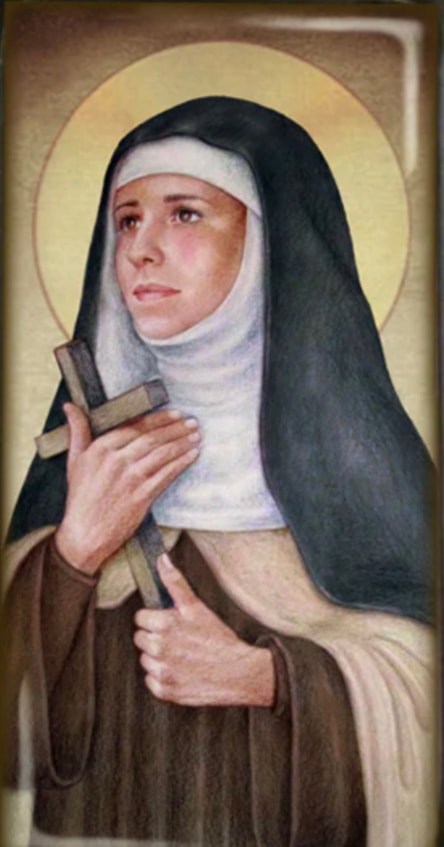
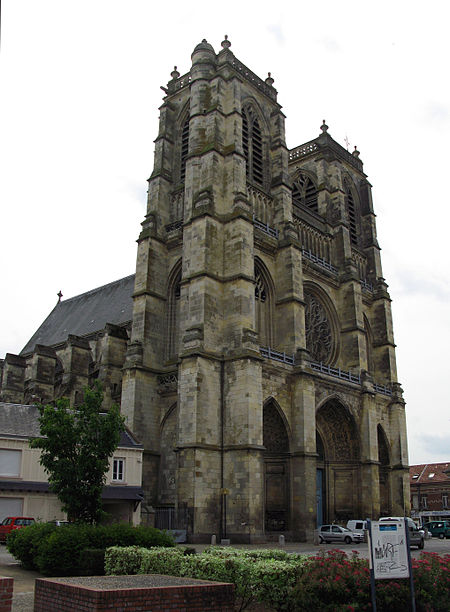
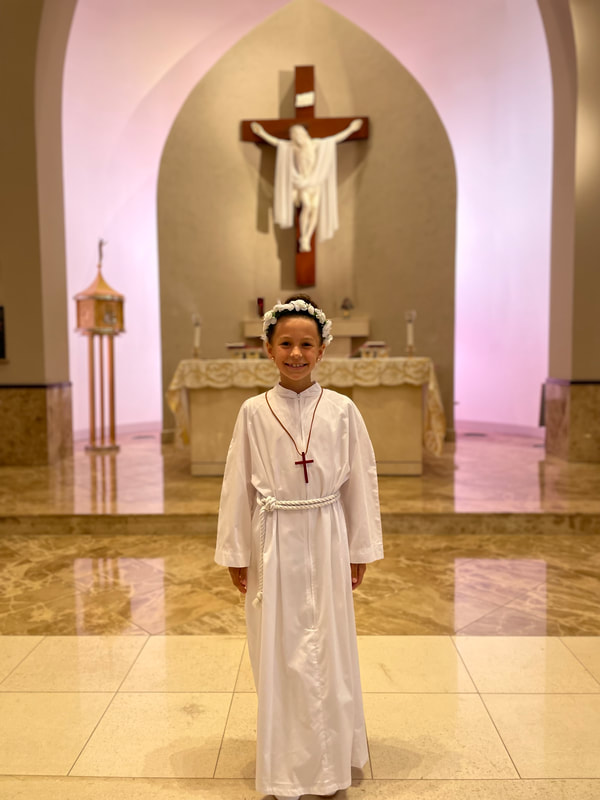

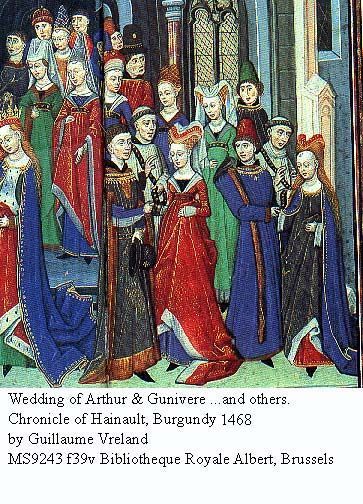
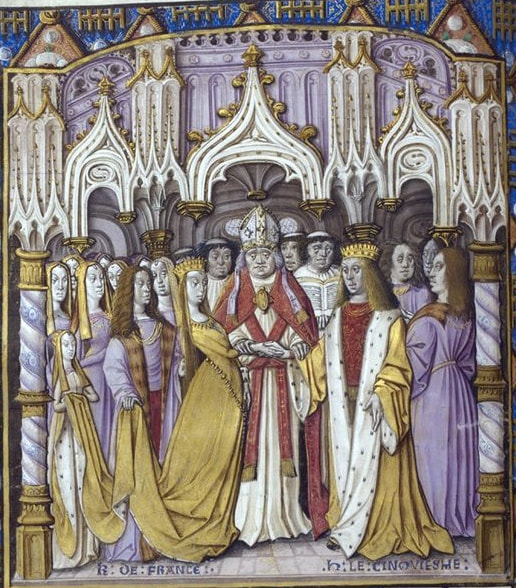
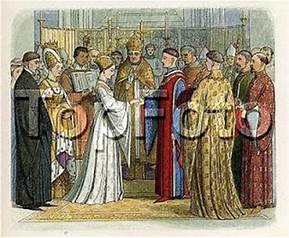

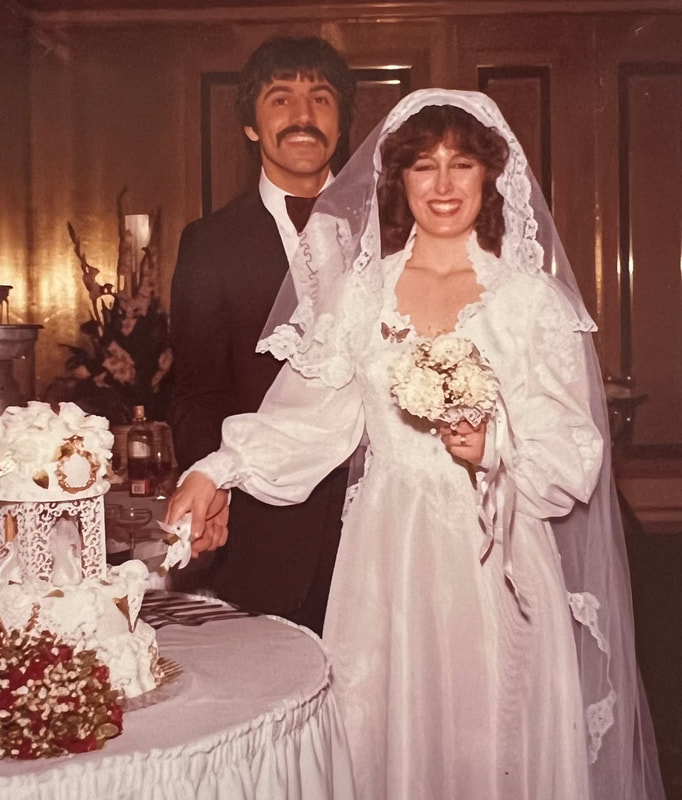
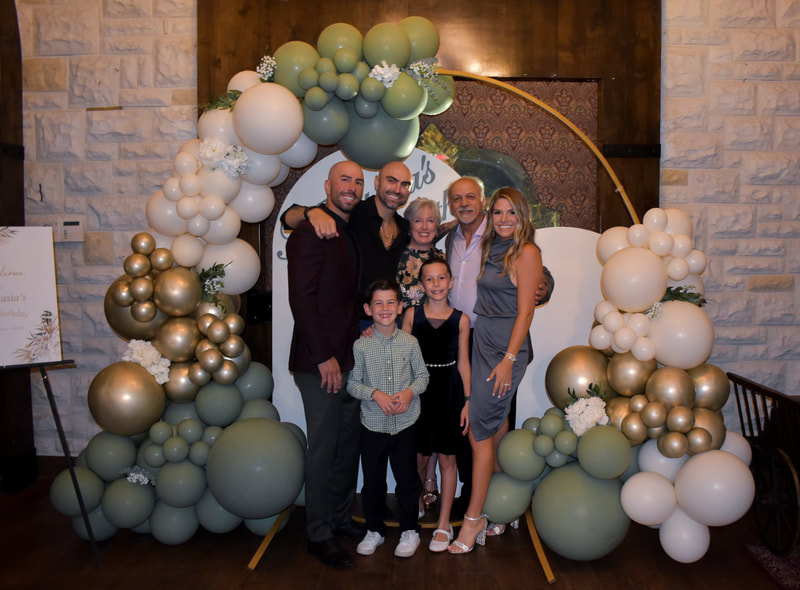
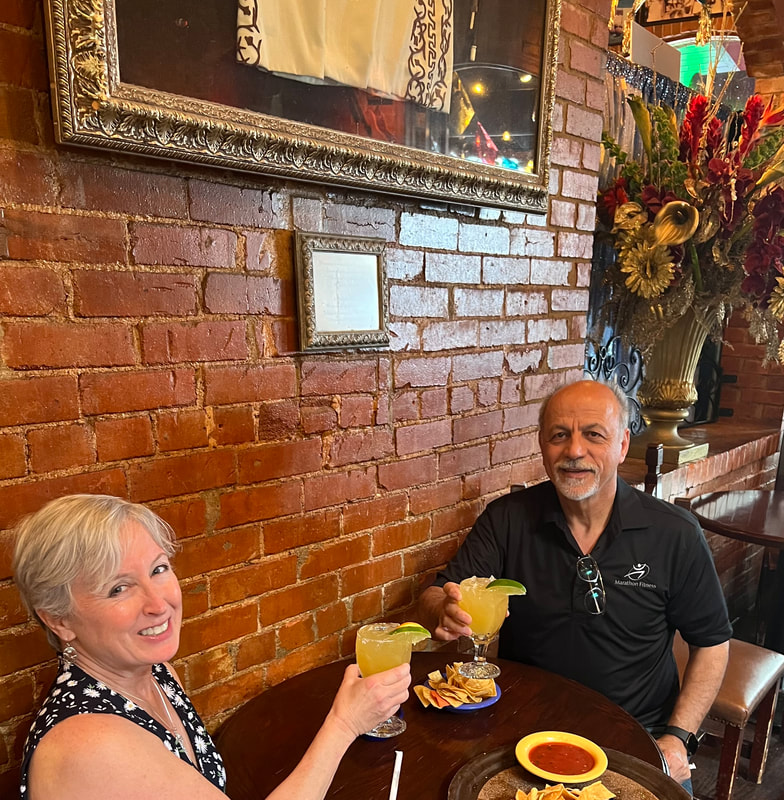

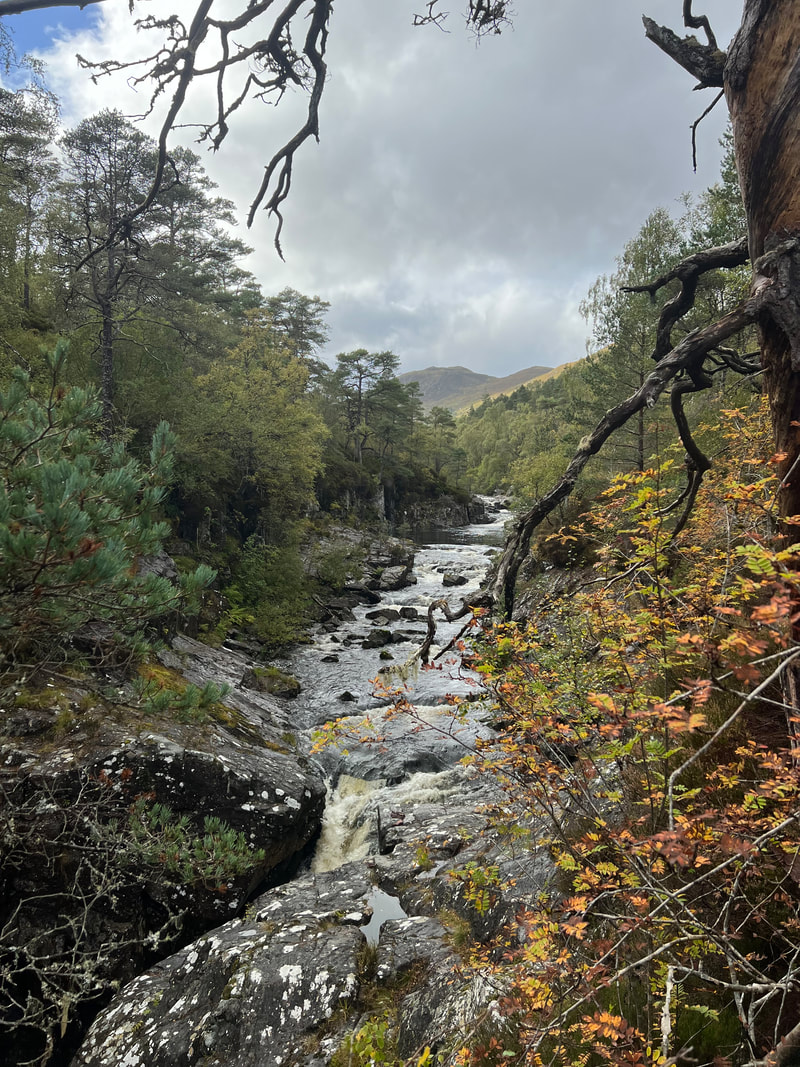
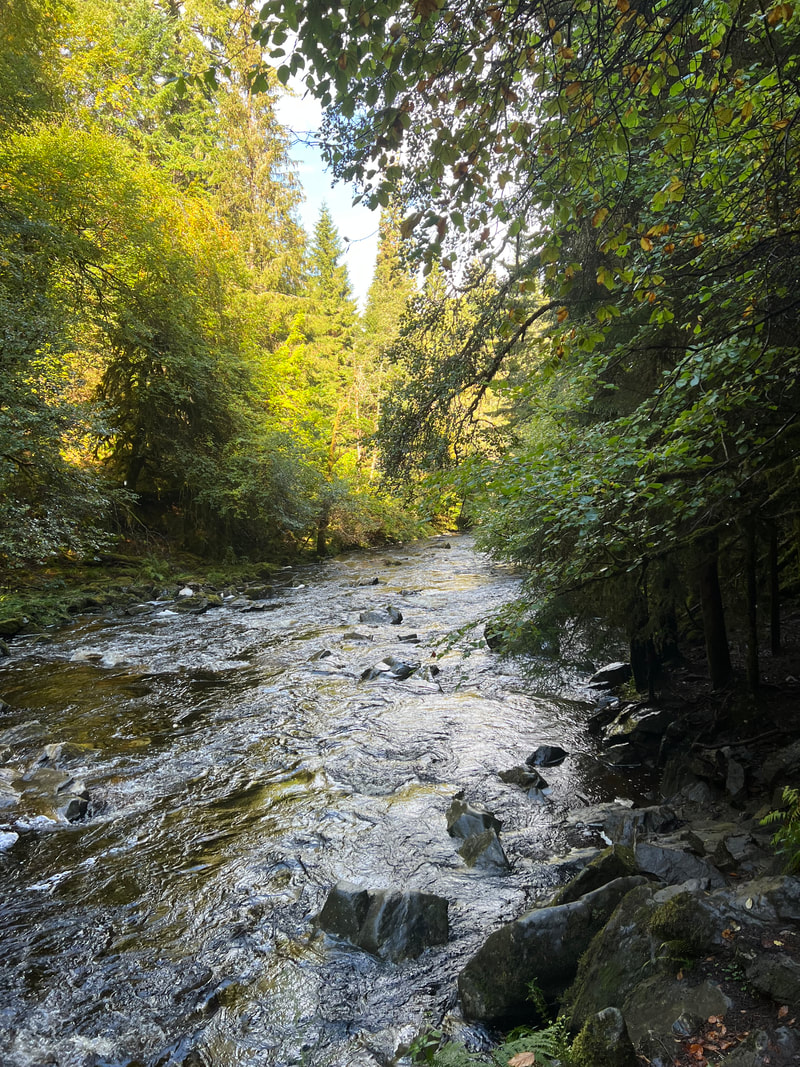
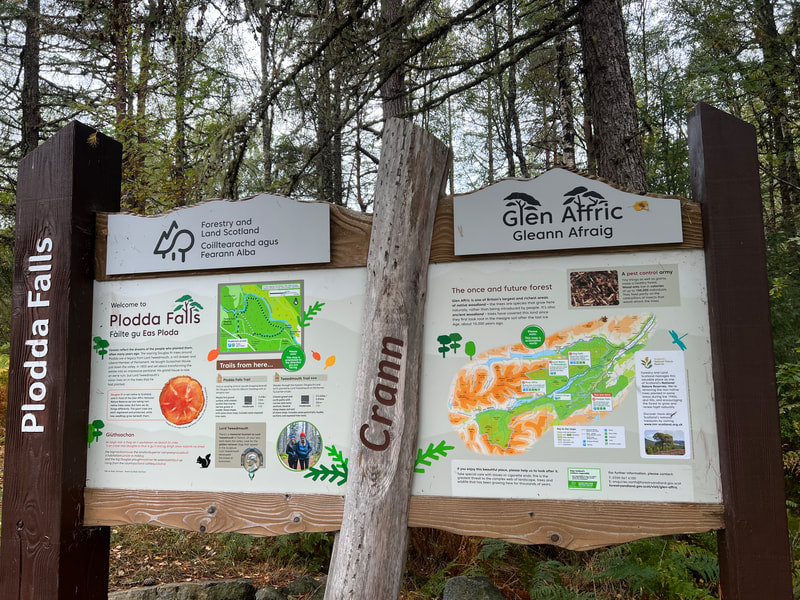
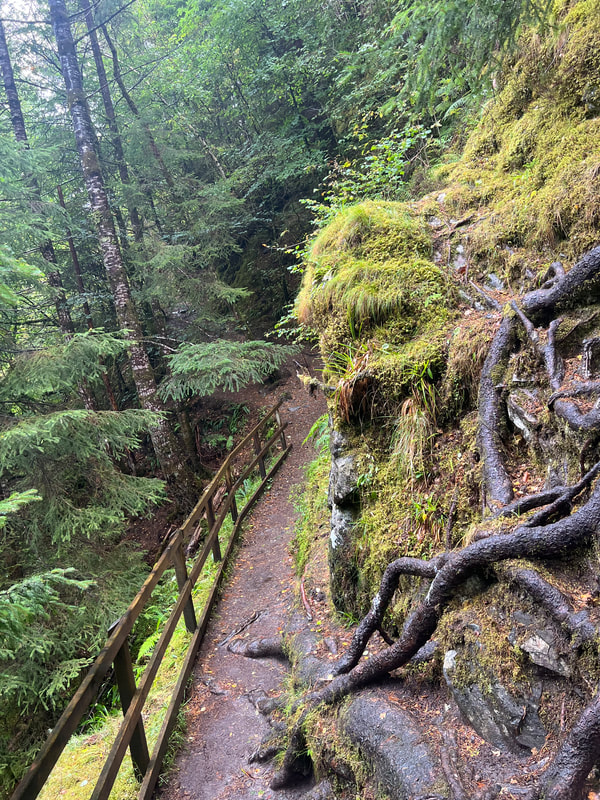
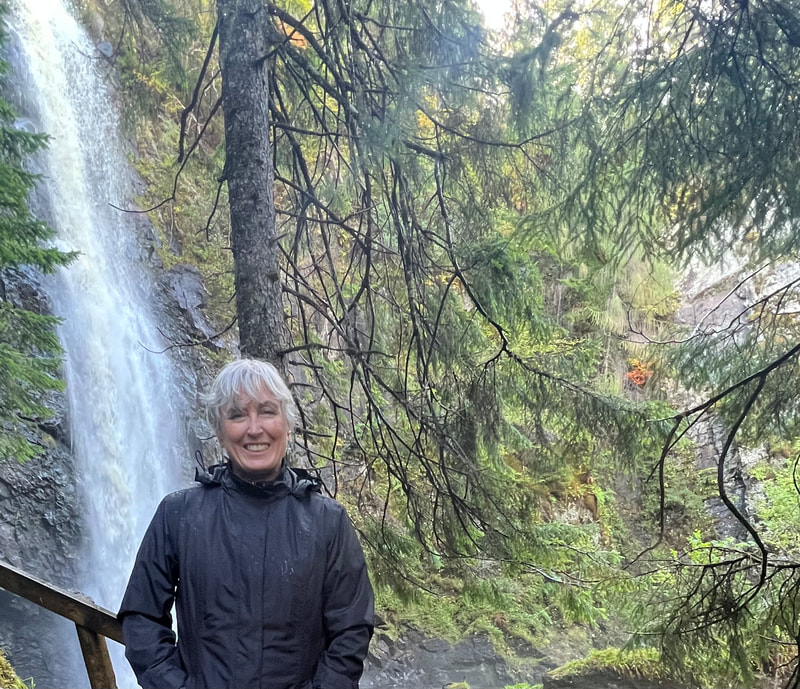
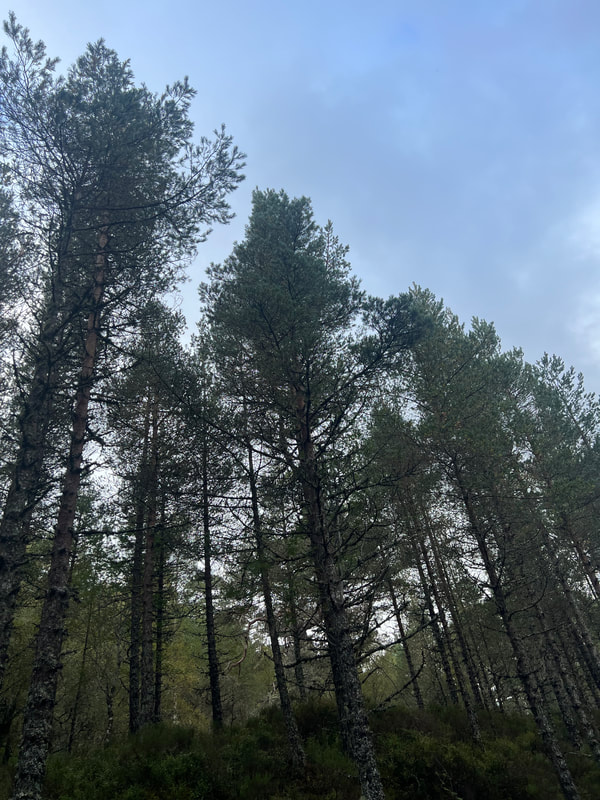
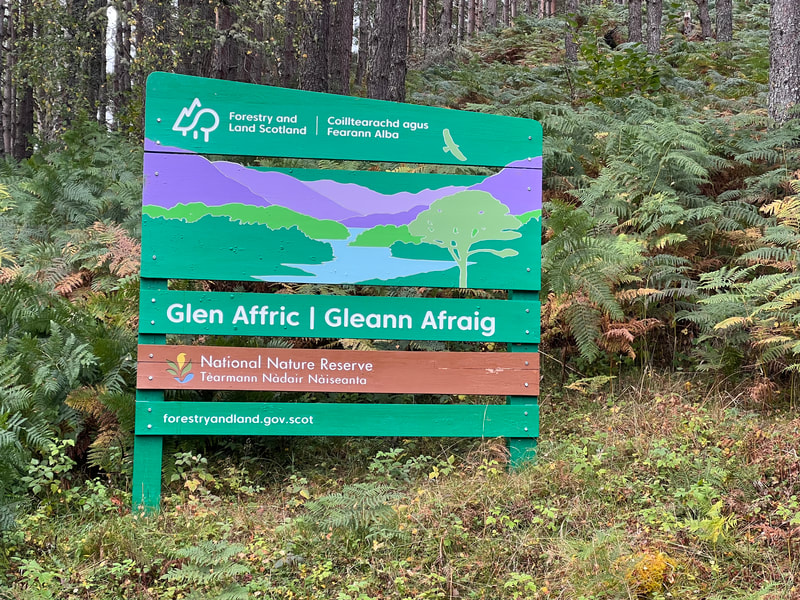
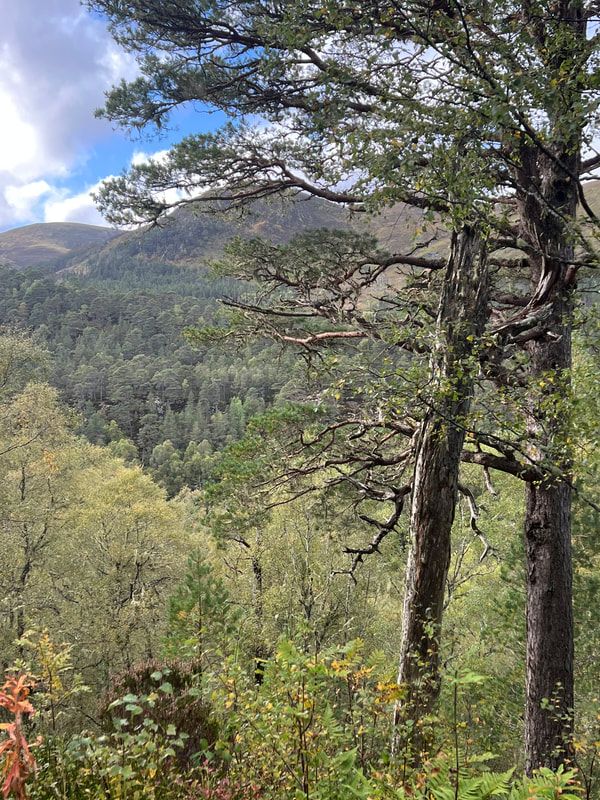
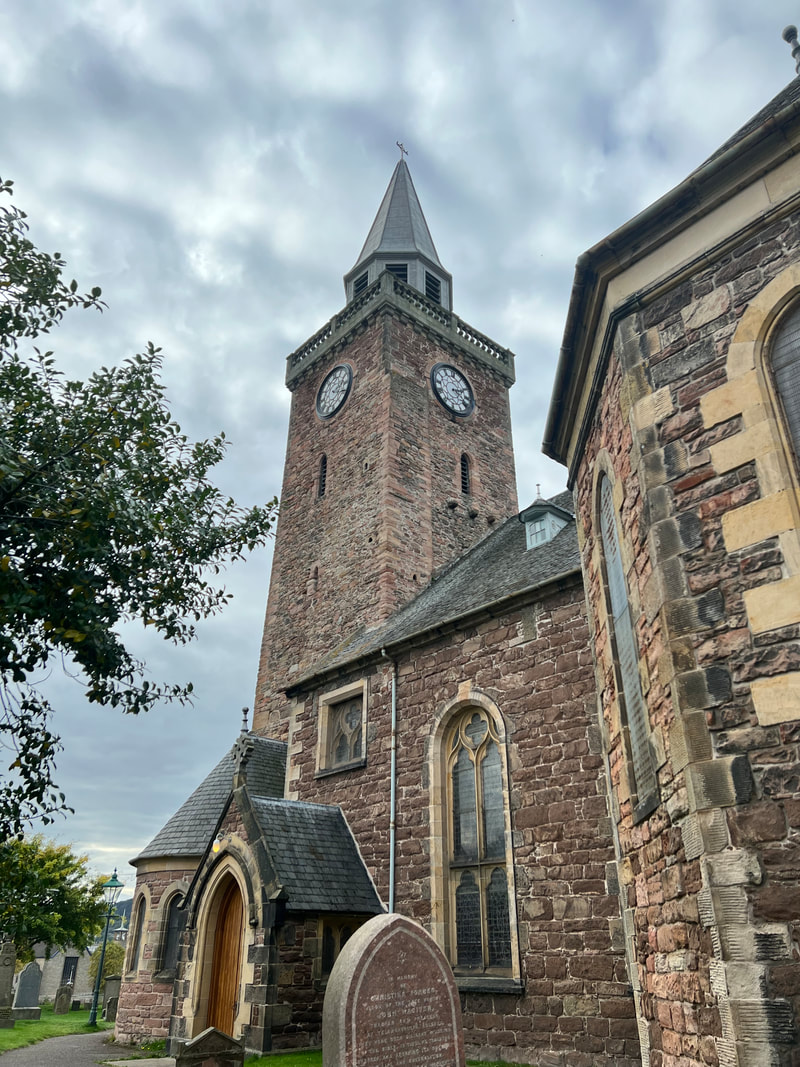
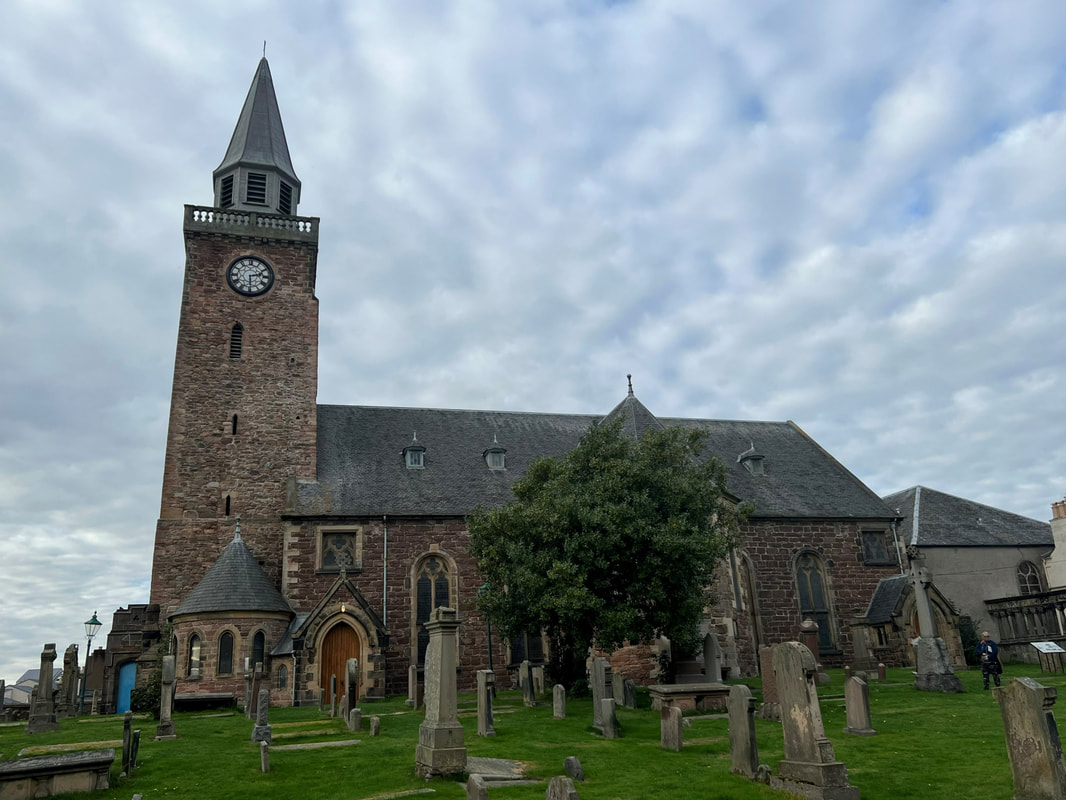
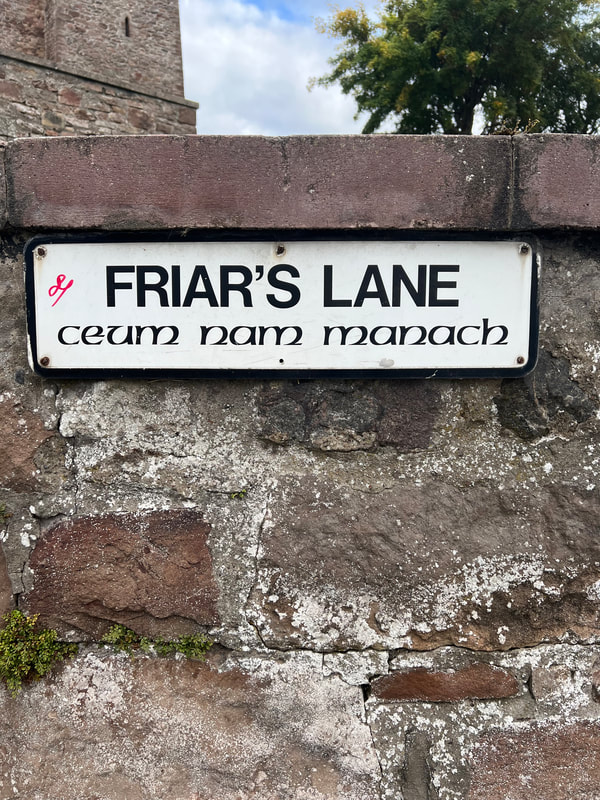
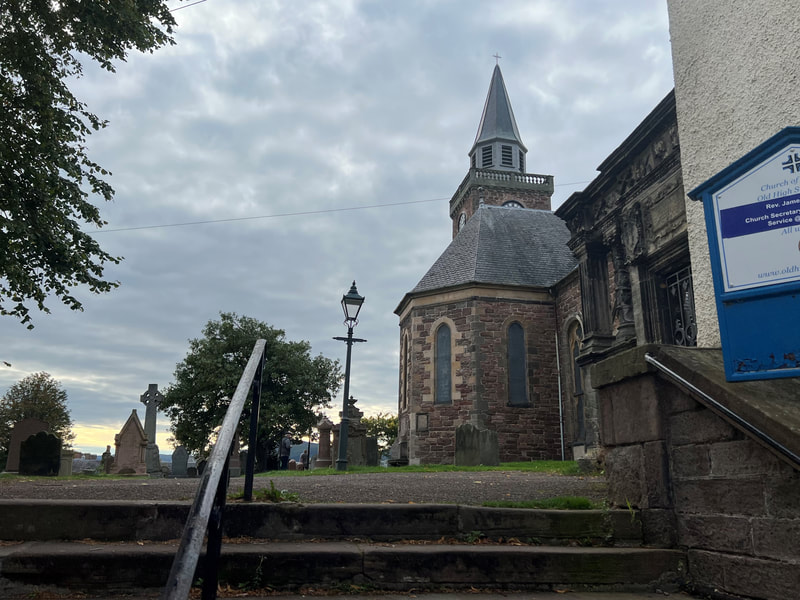
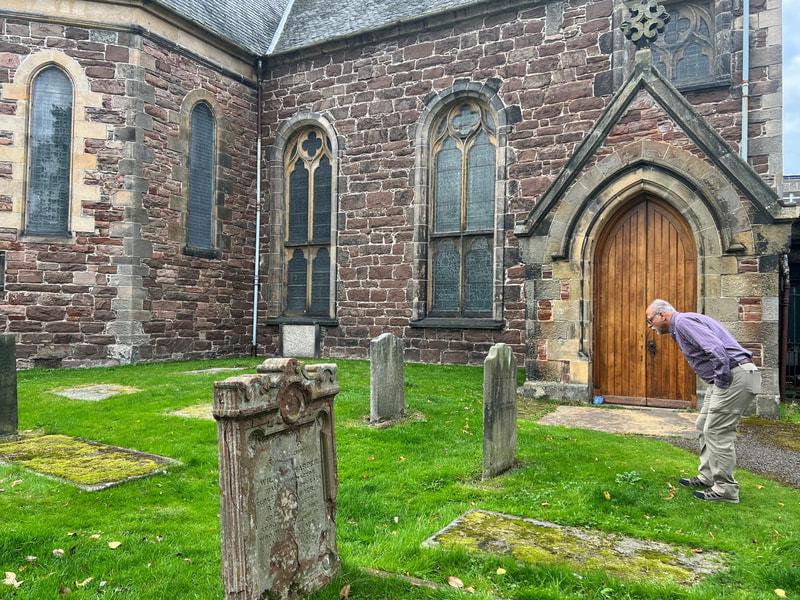
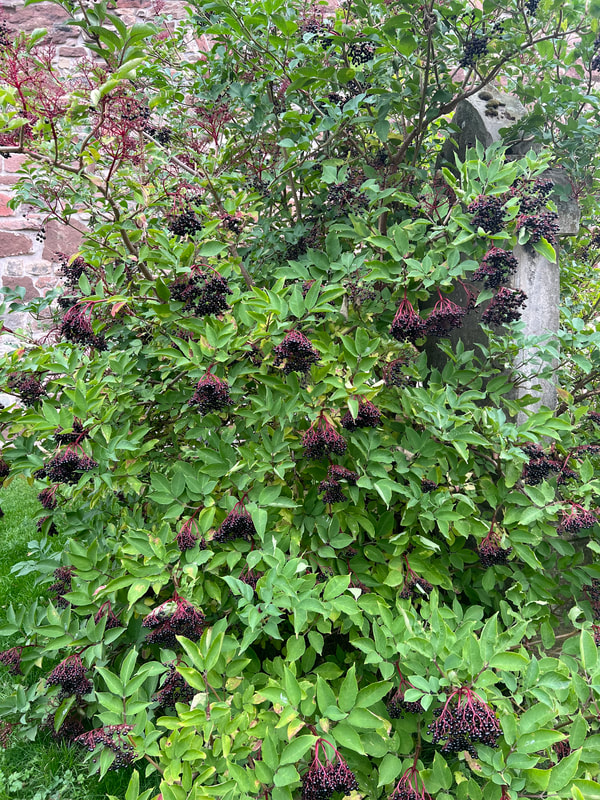
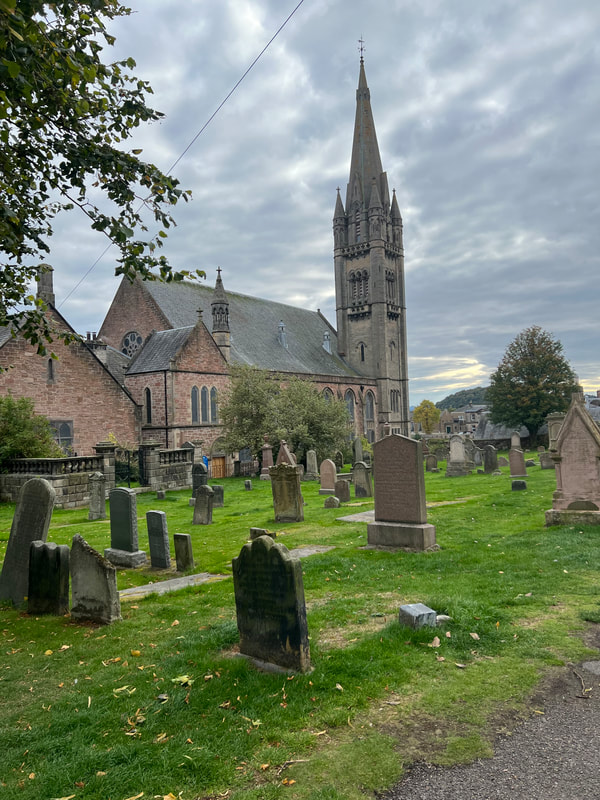
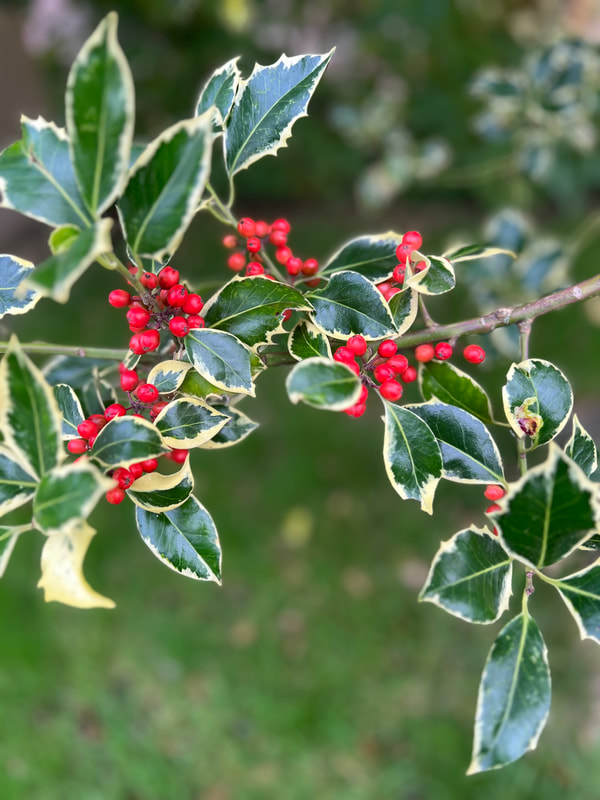

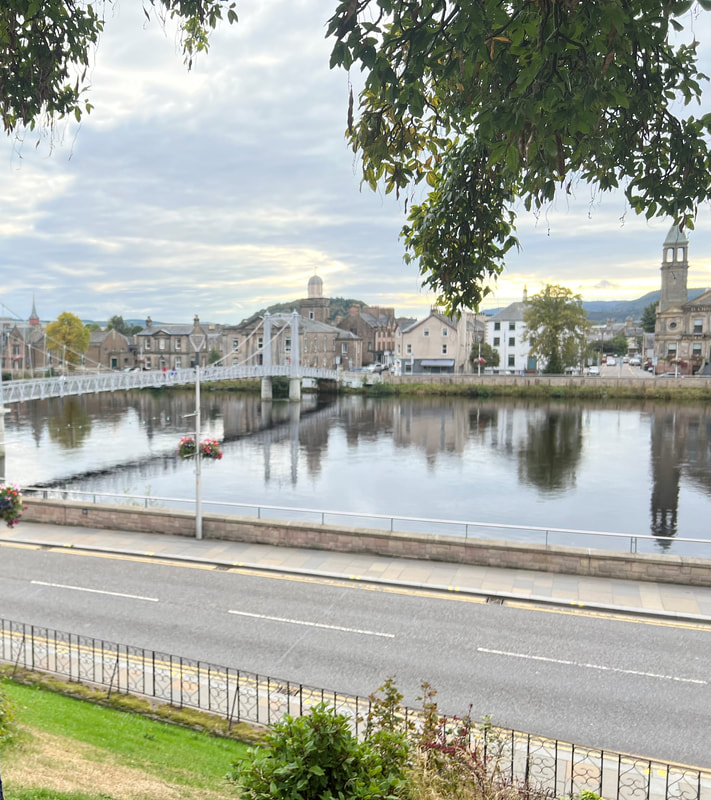
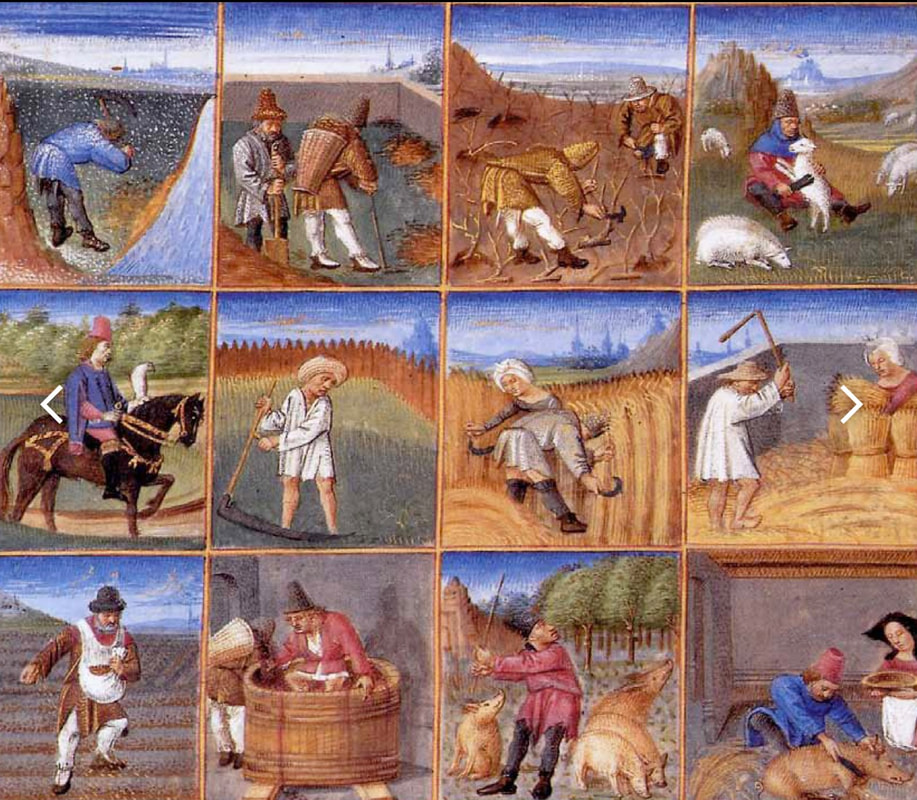
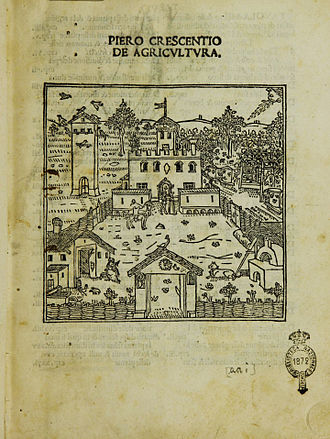
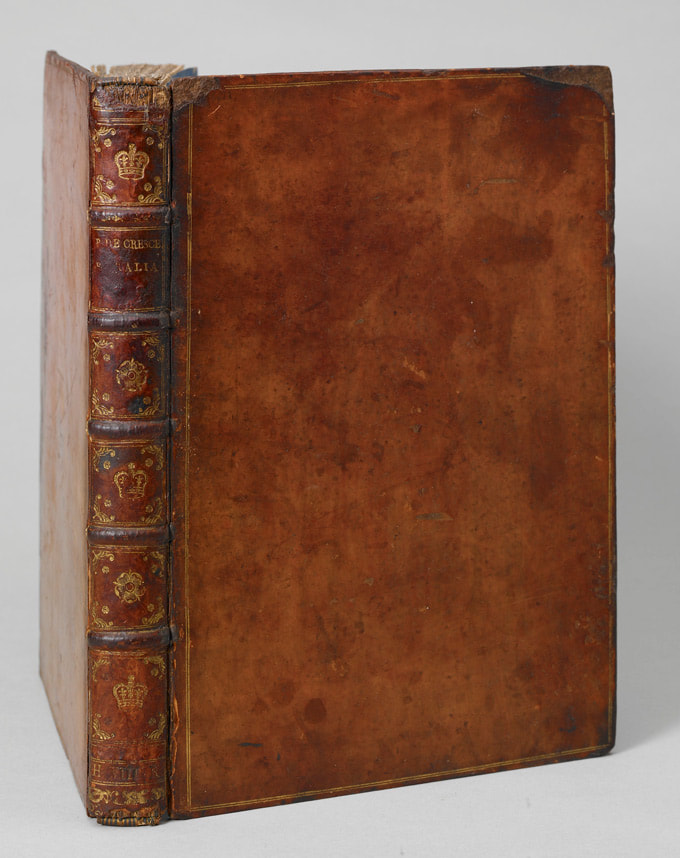
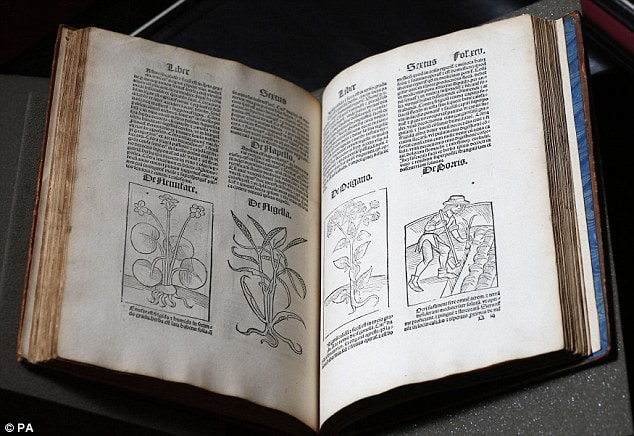
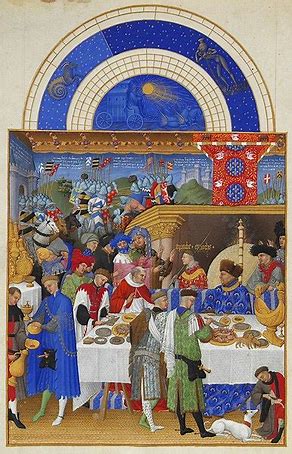
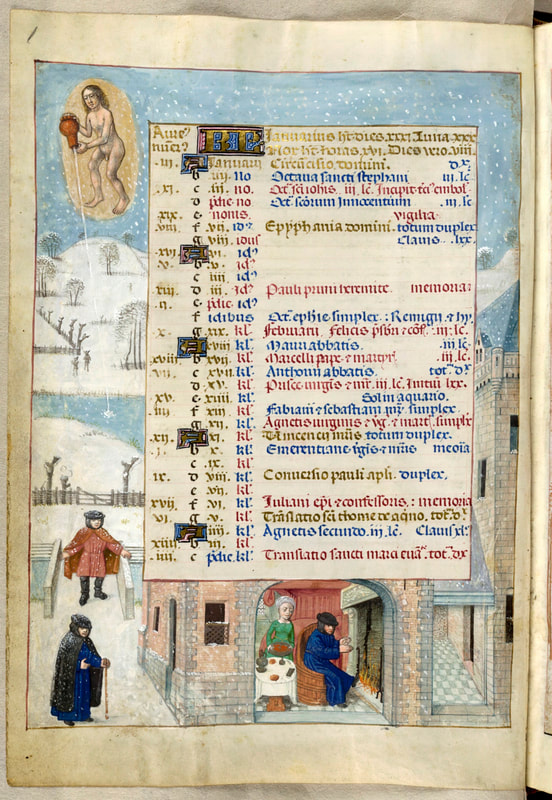
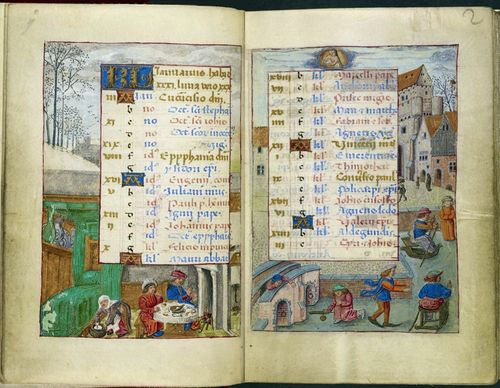
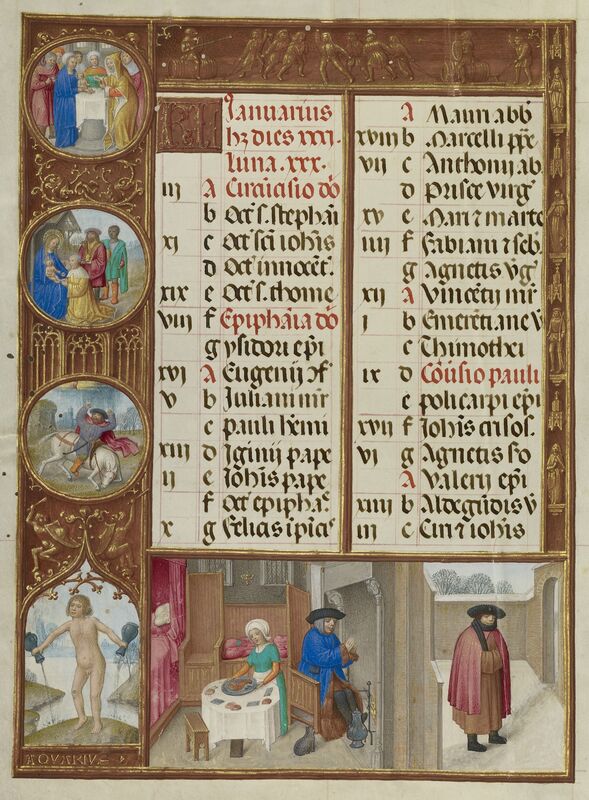
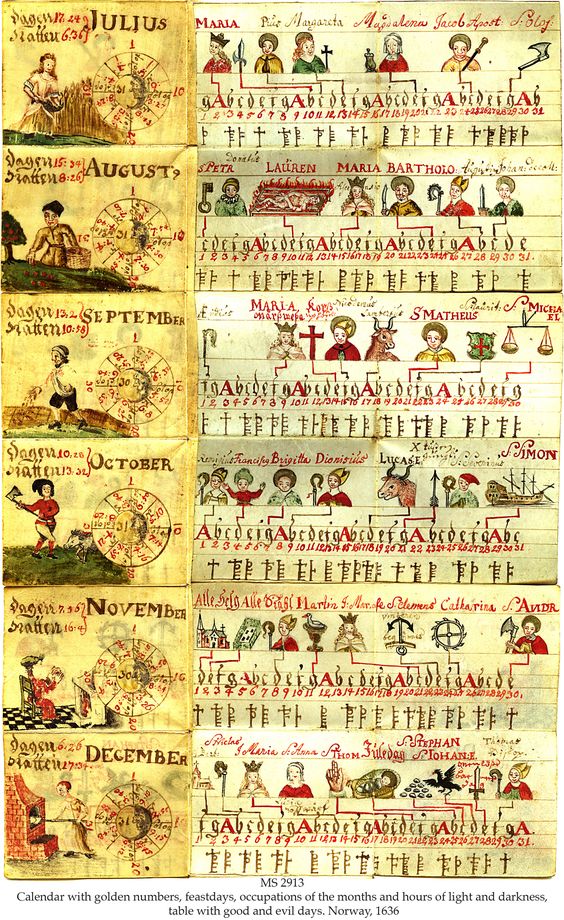
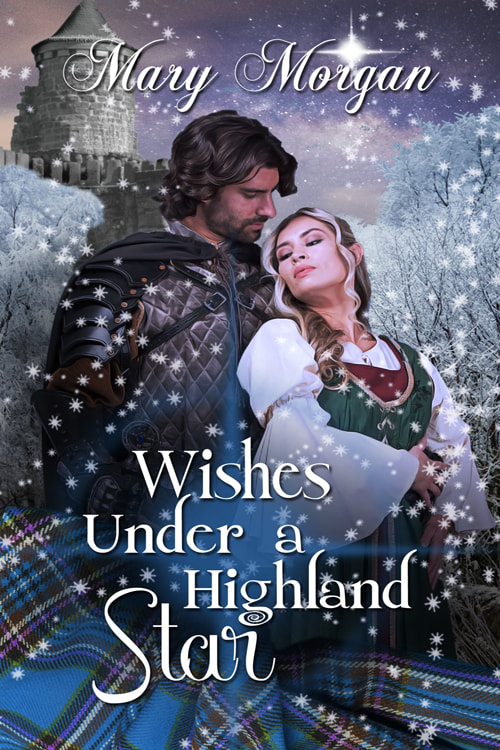

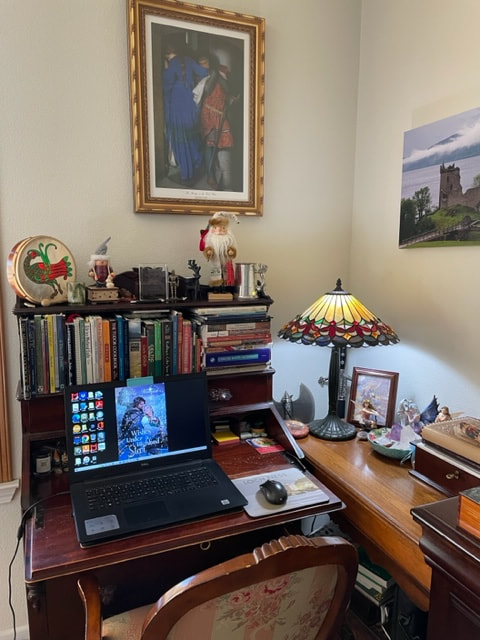
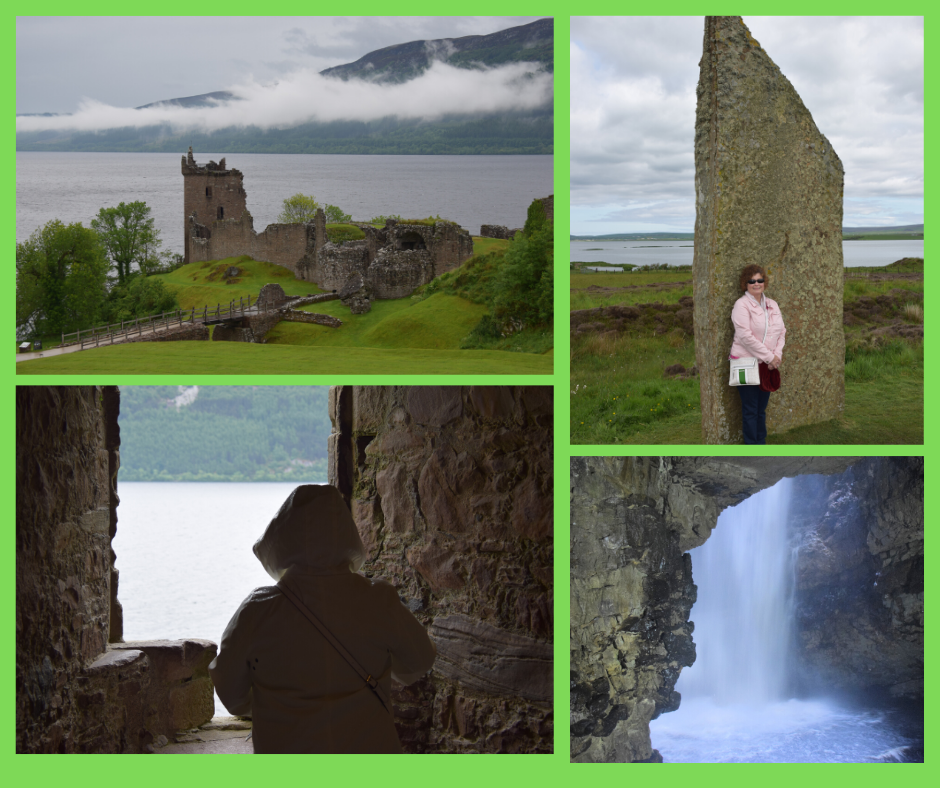
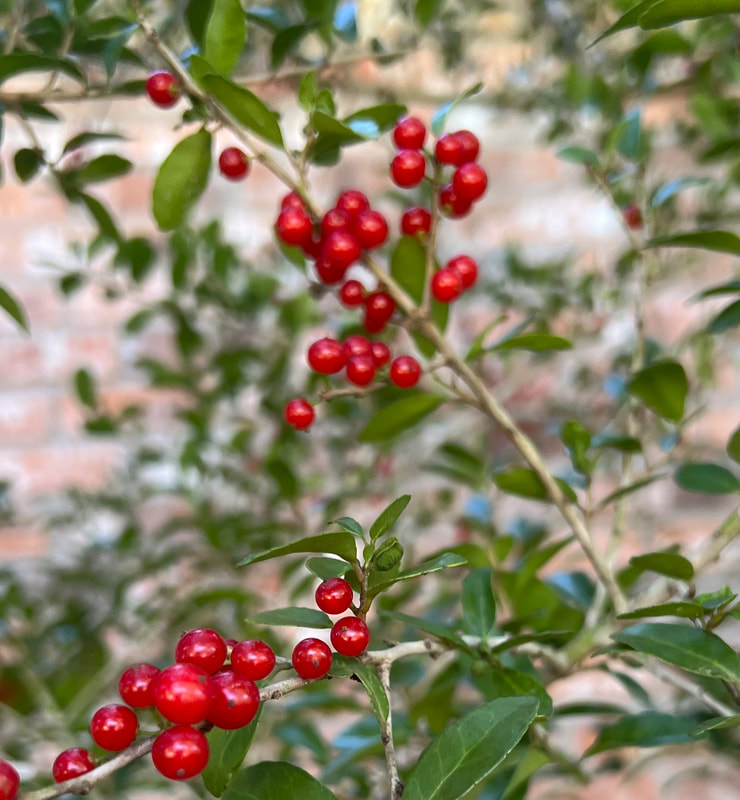
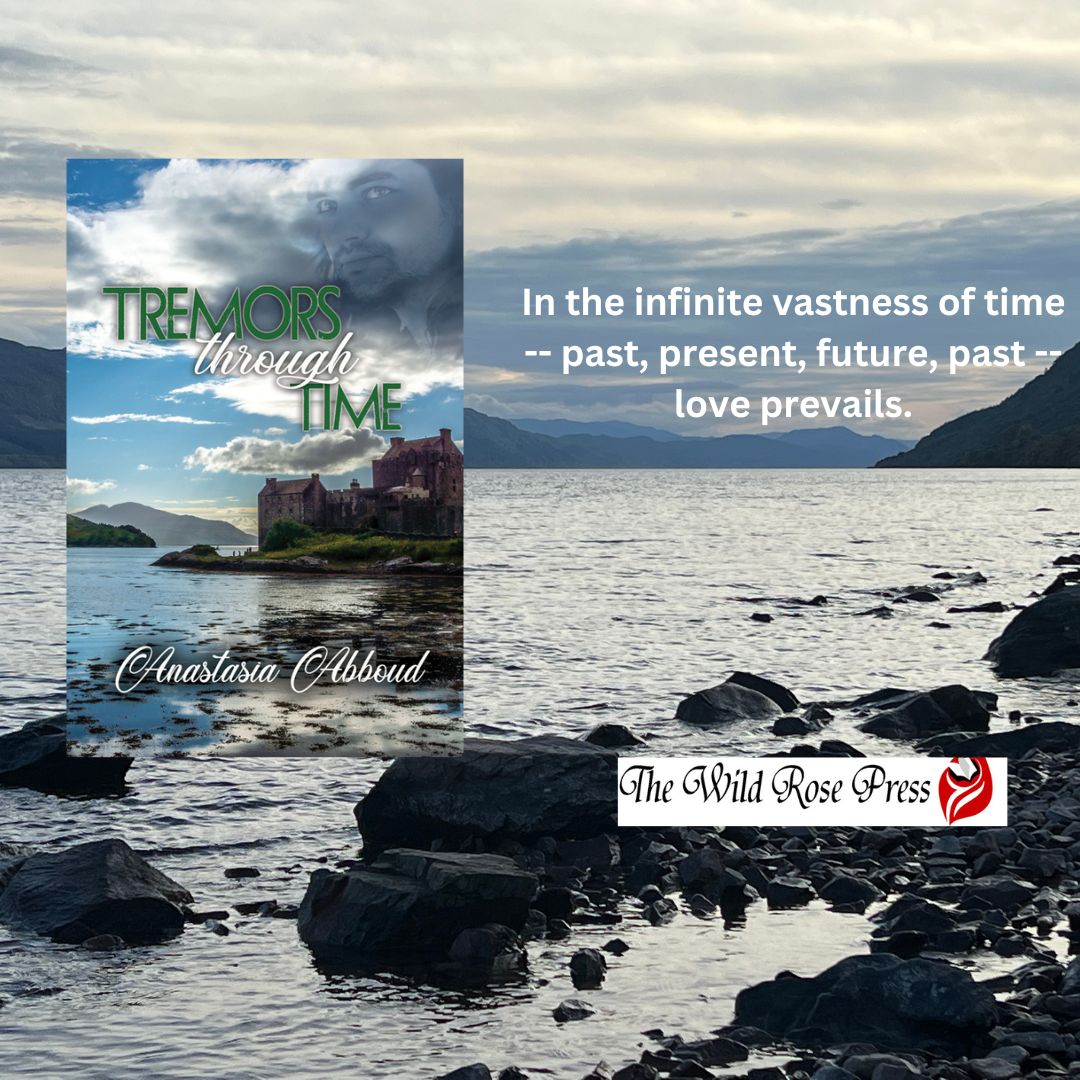

 RSS Feed
RSS Feed